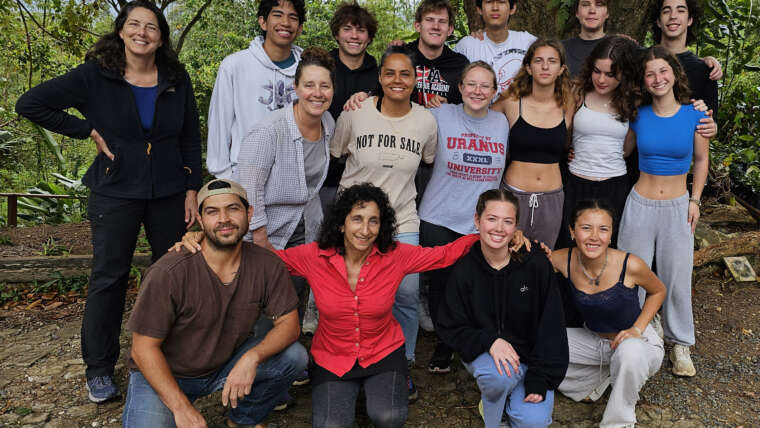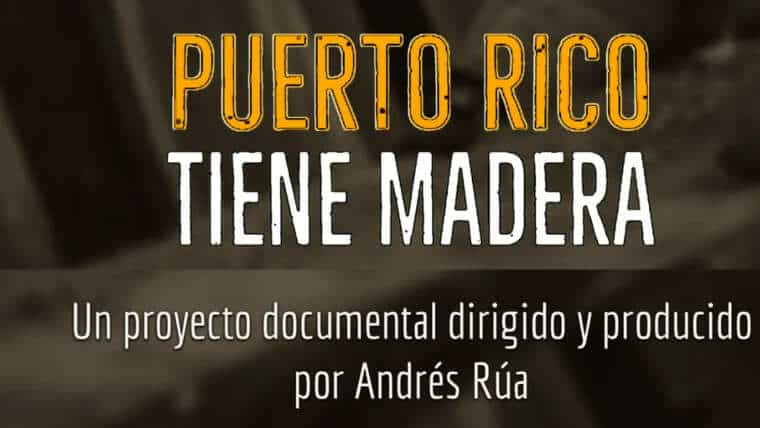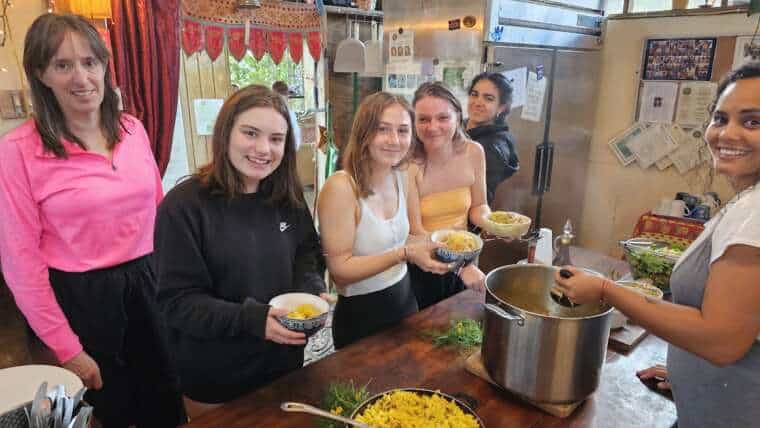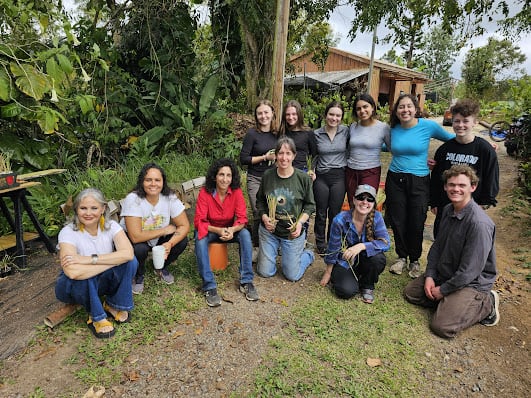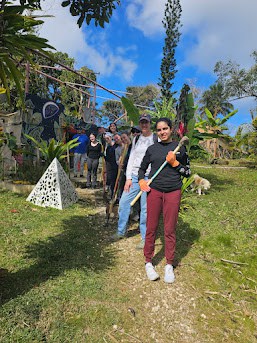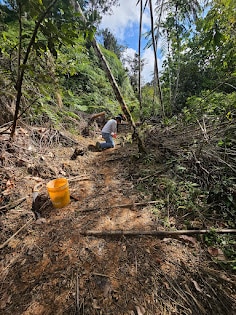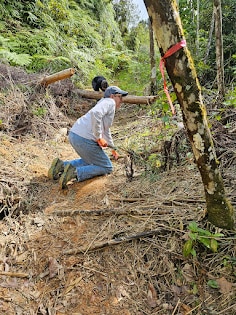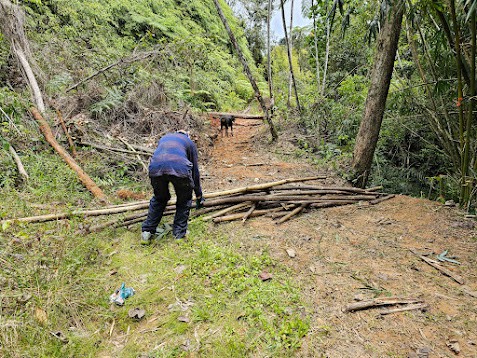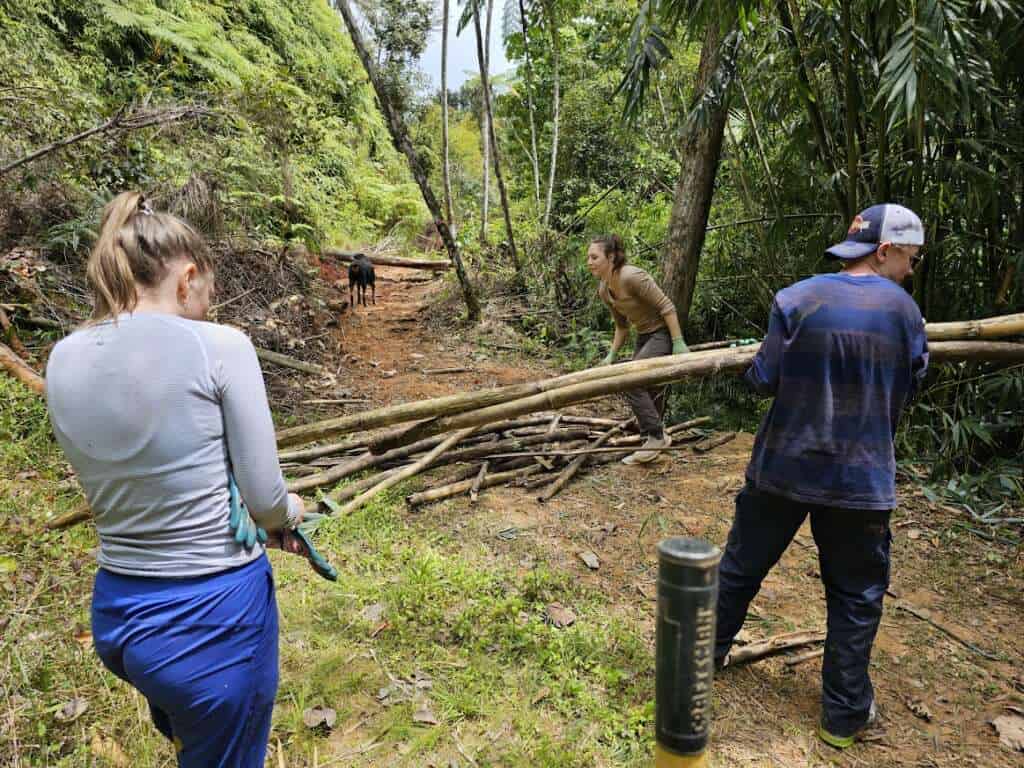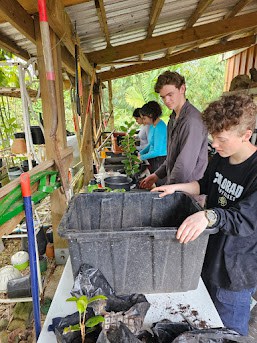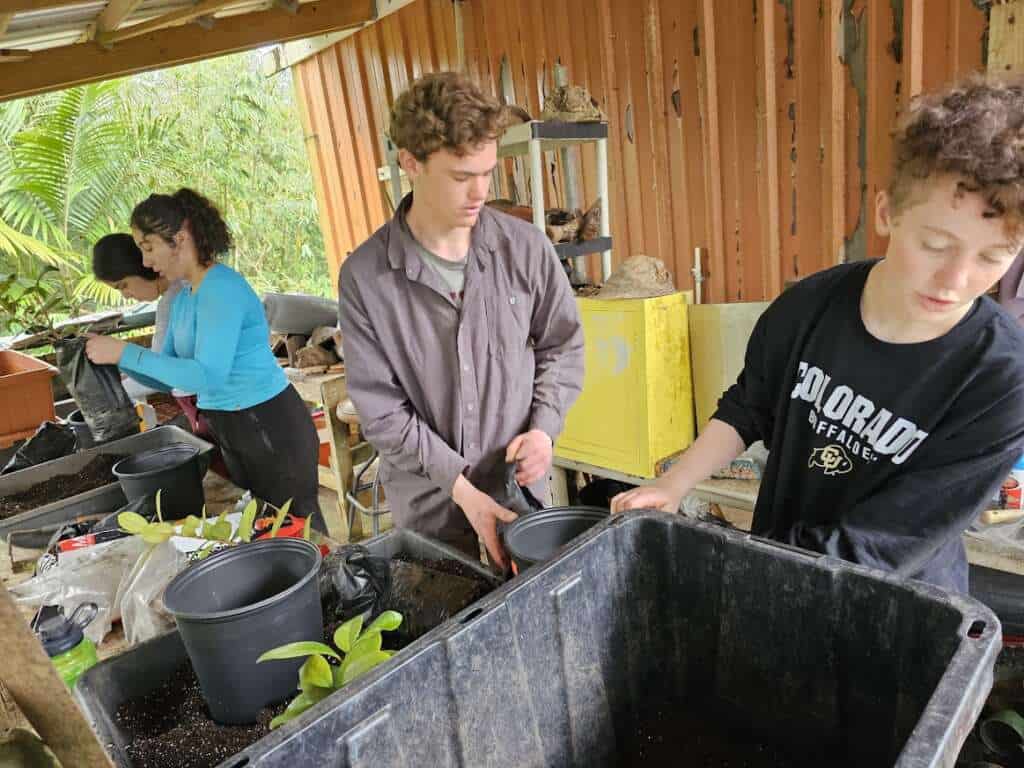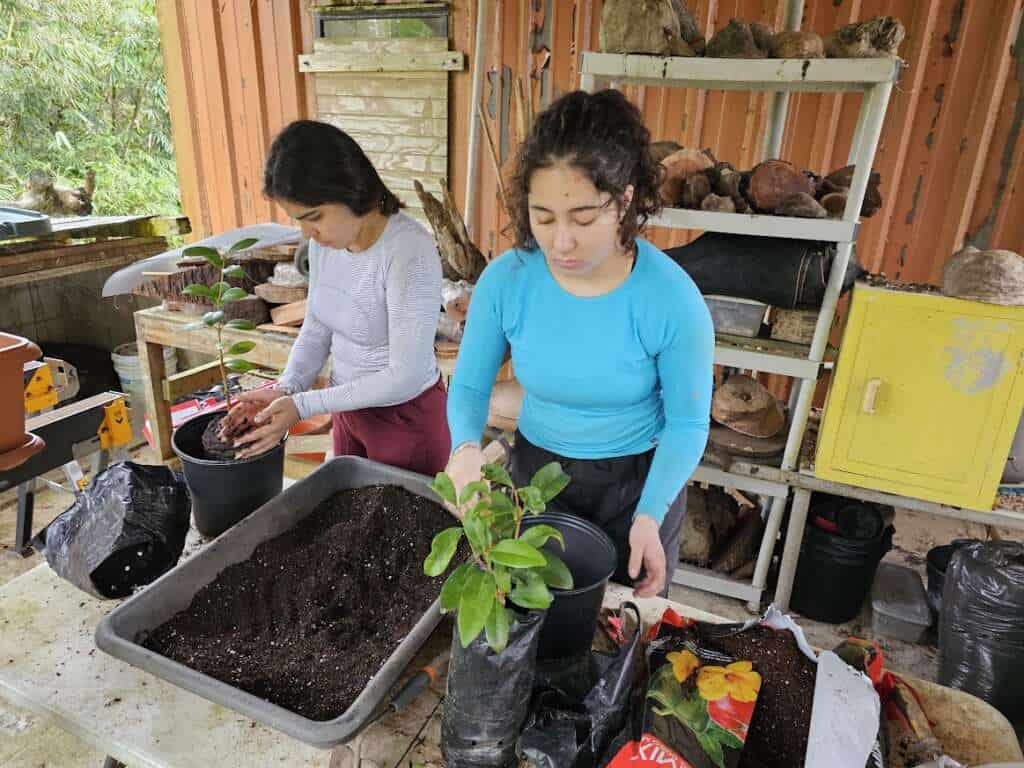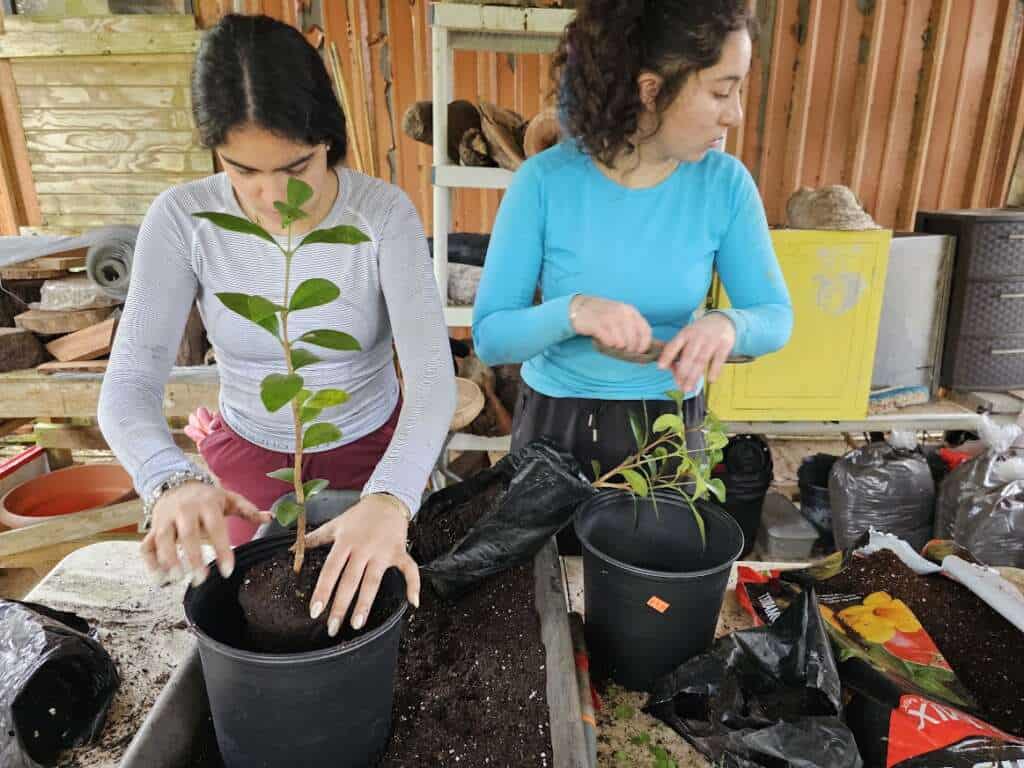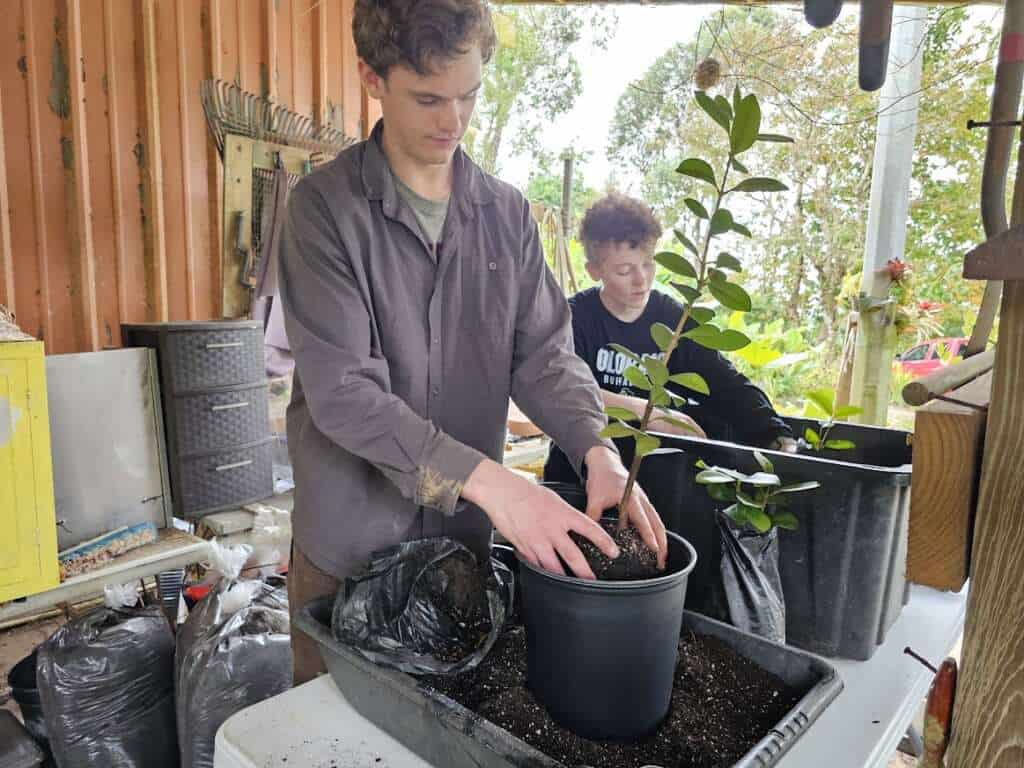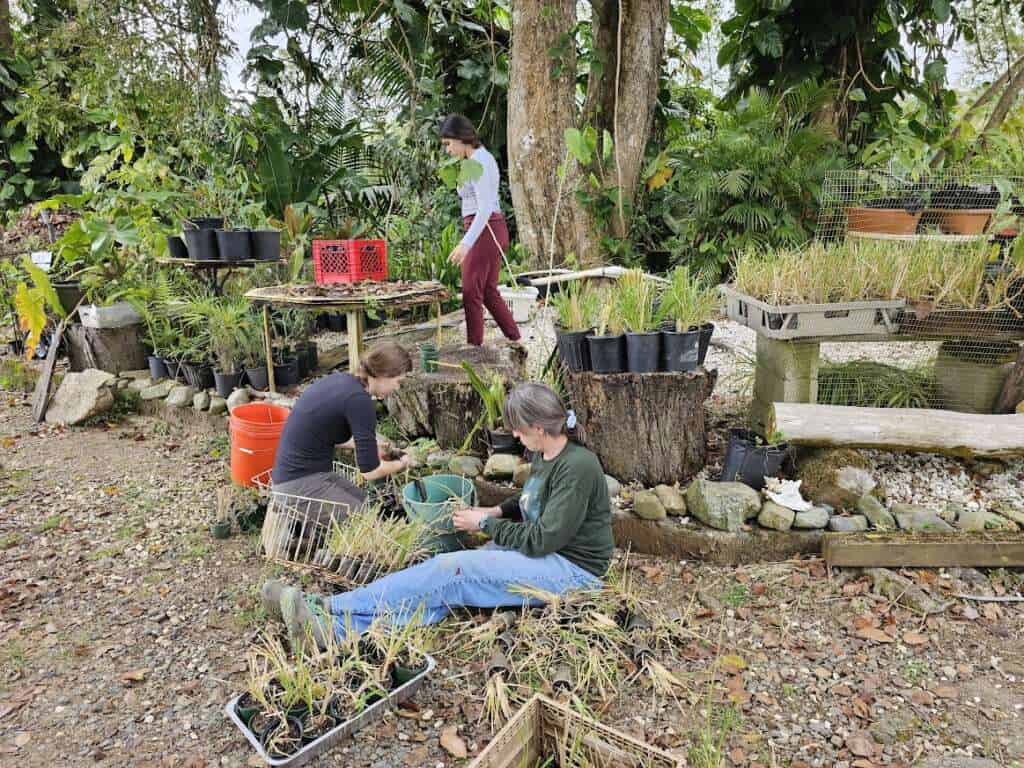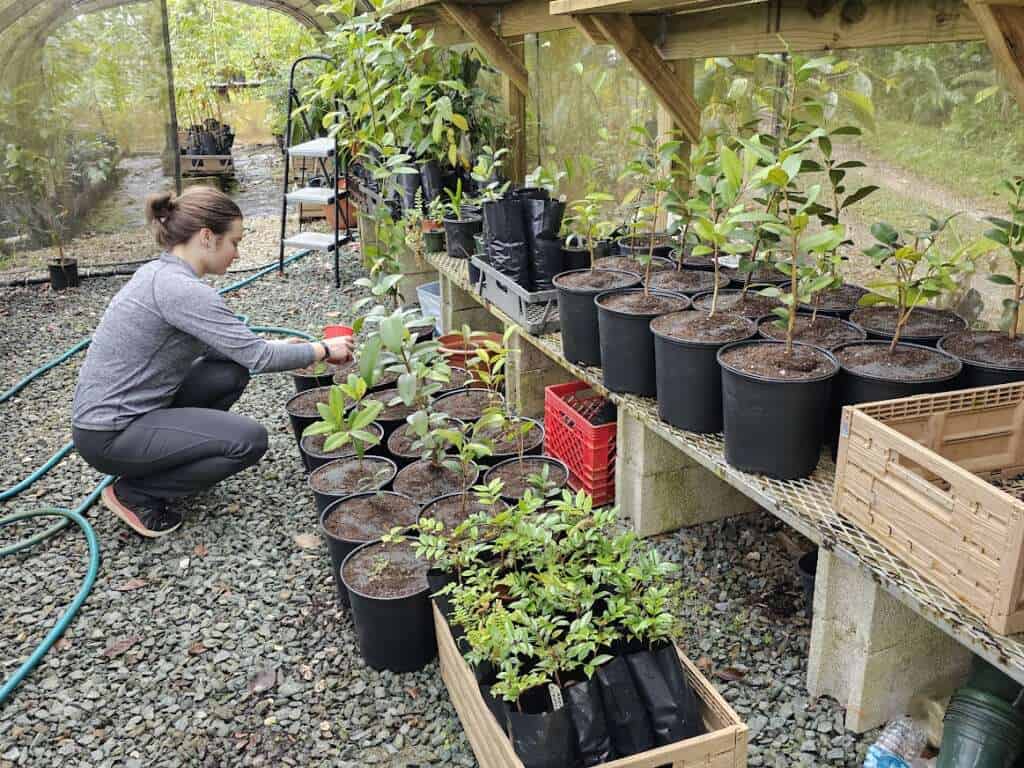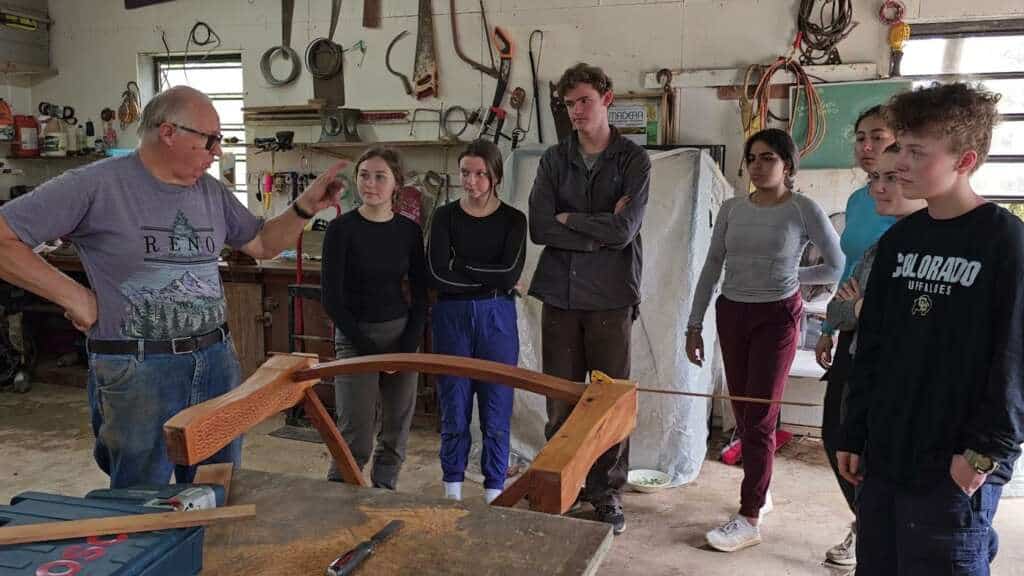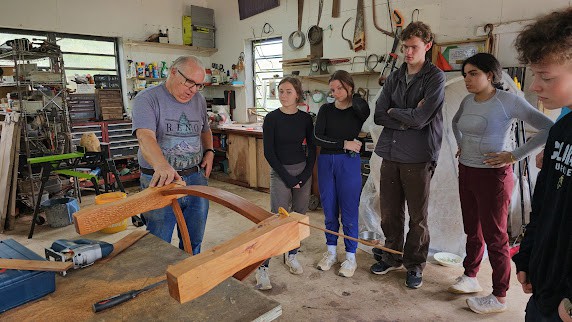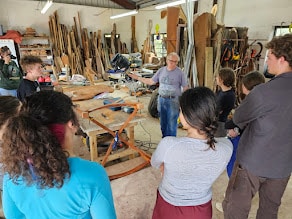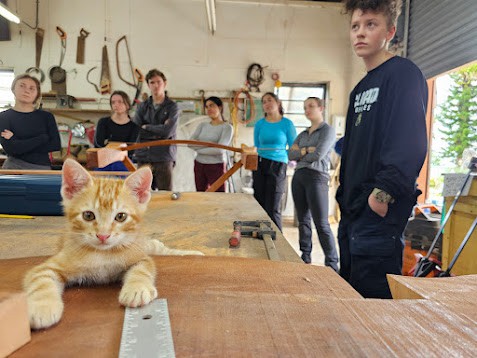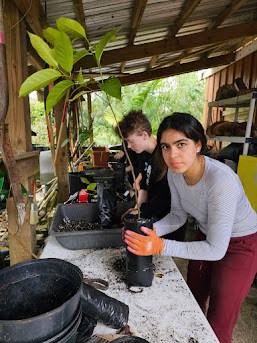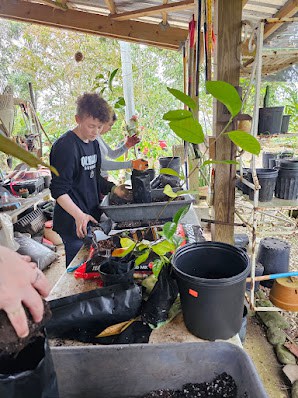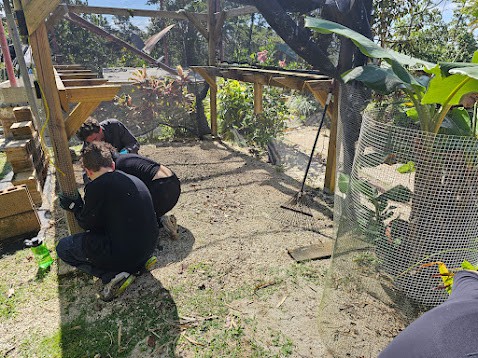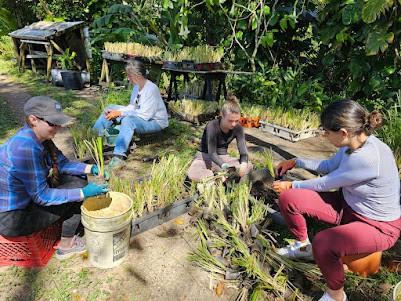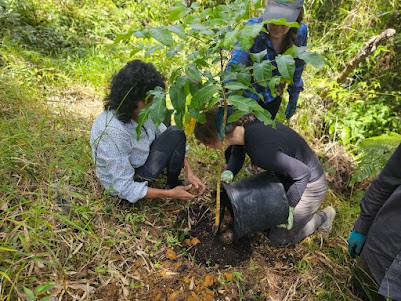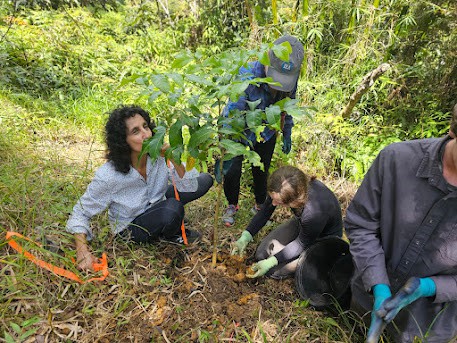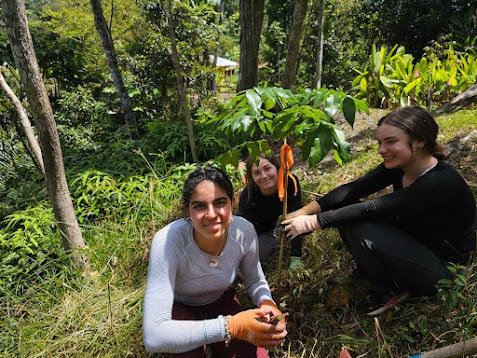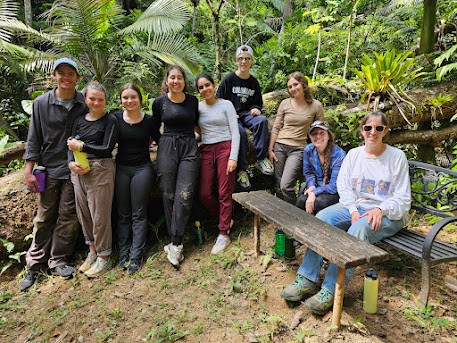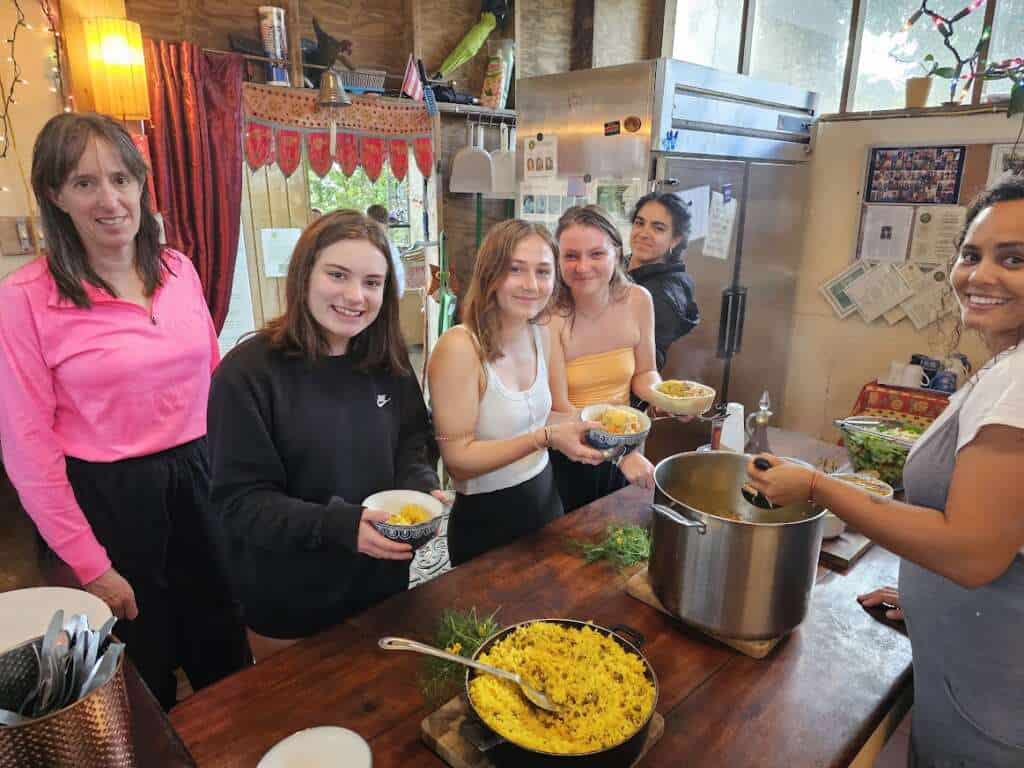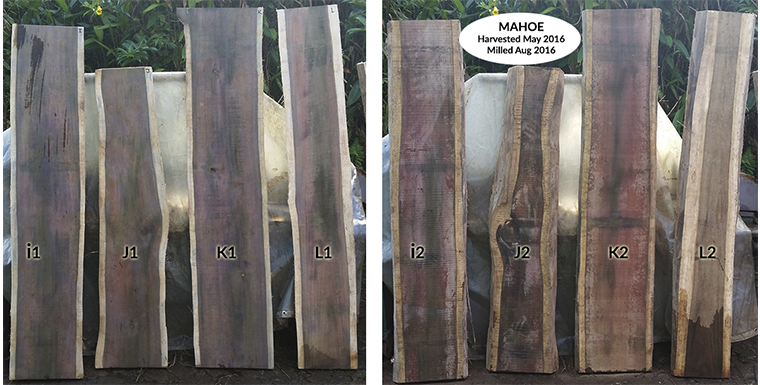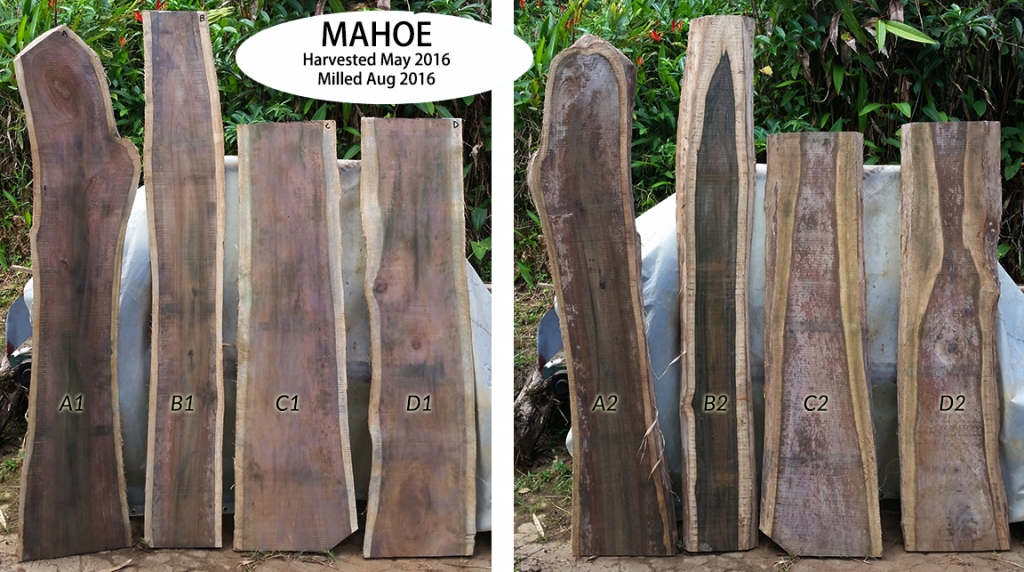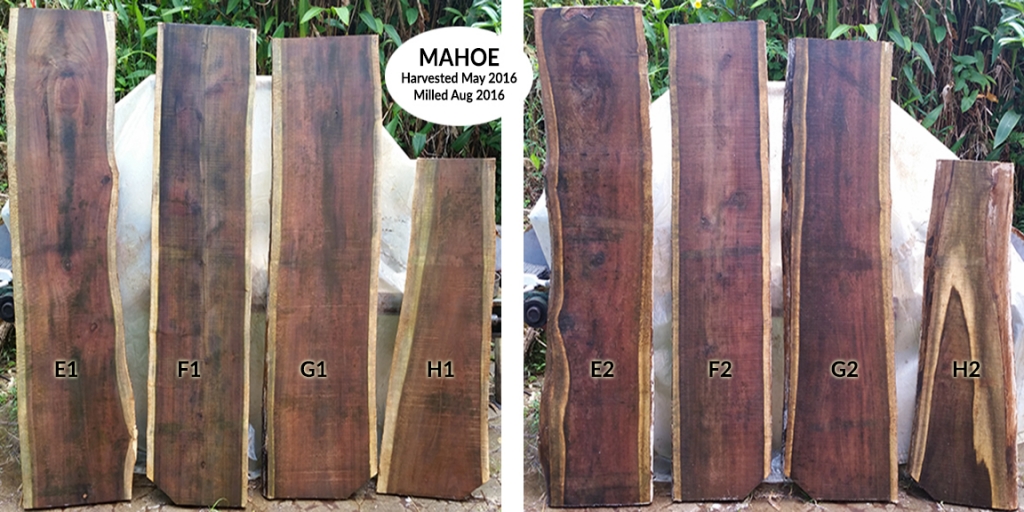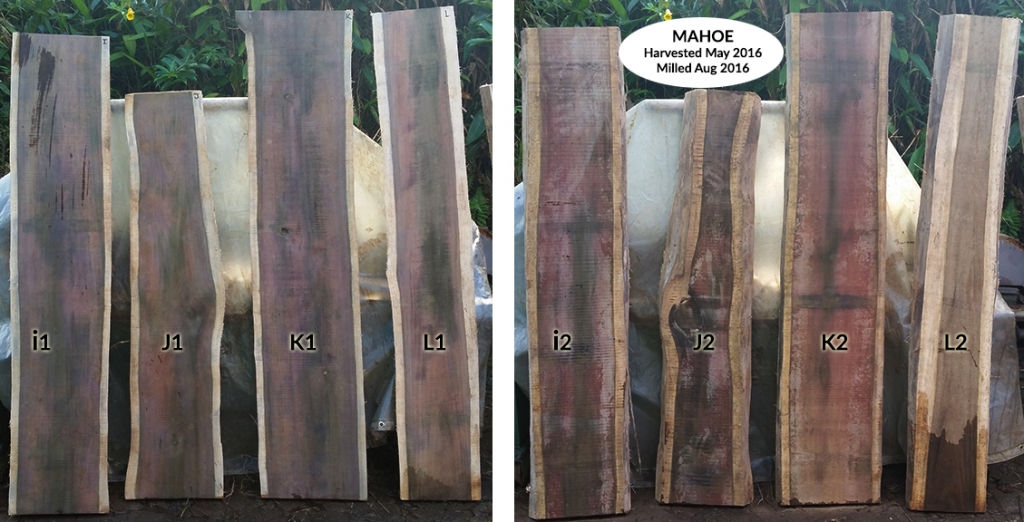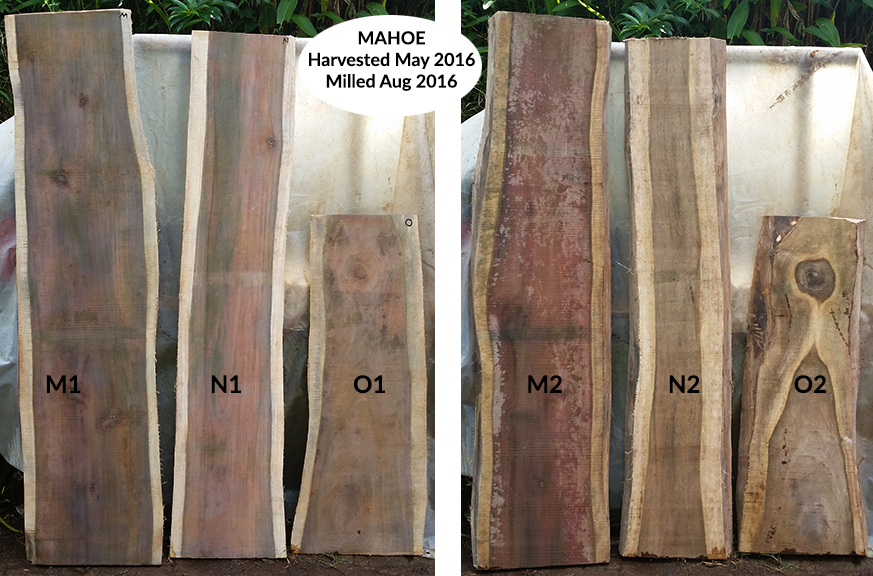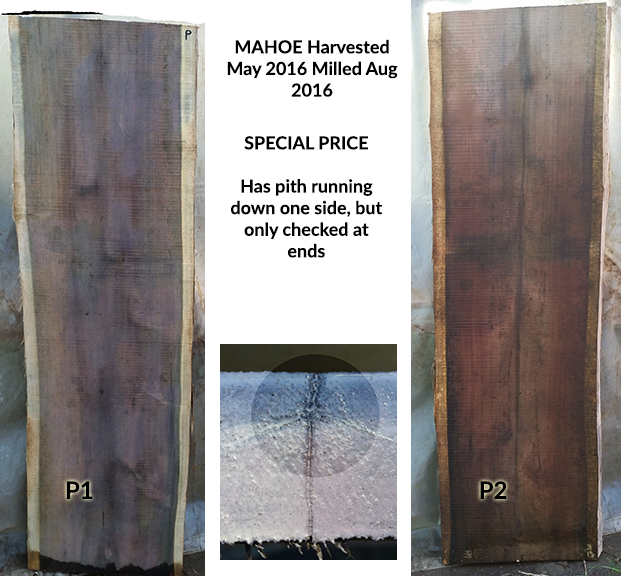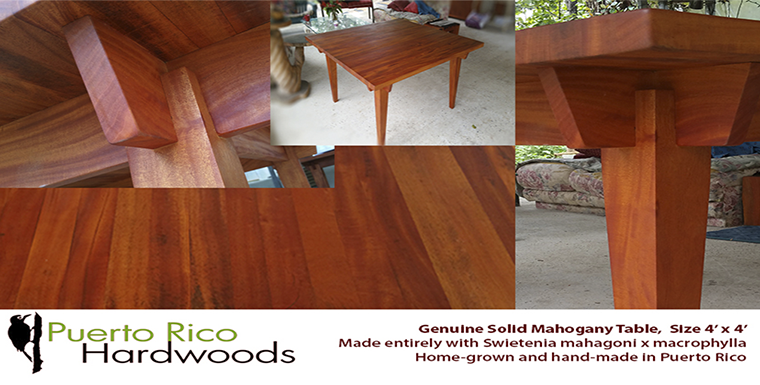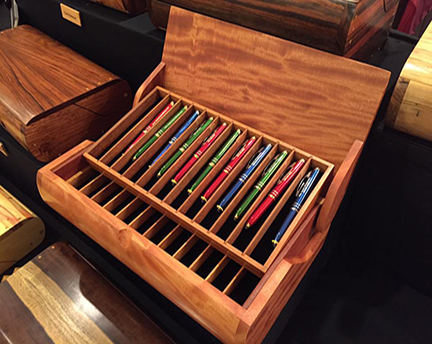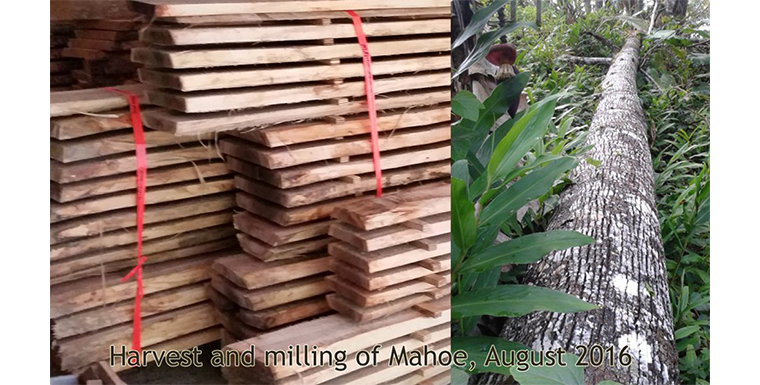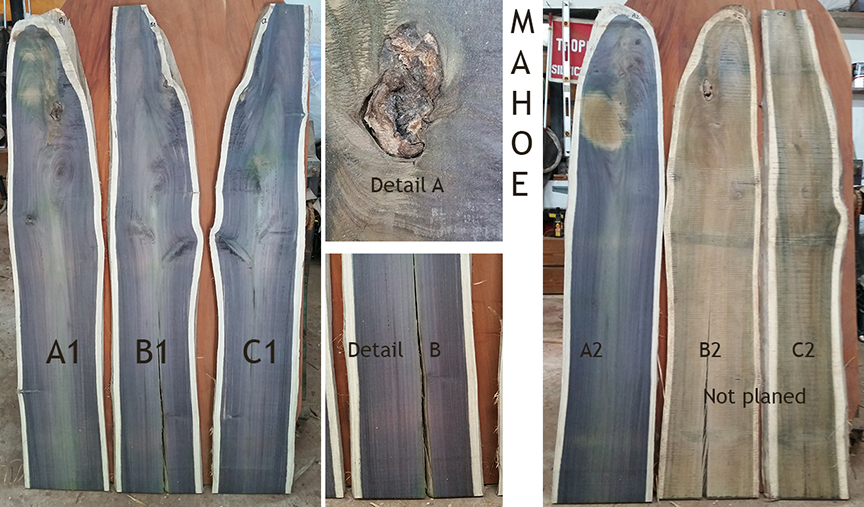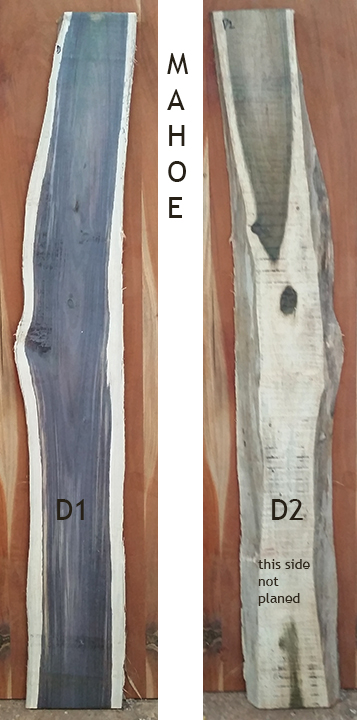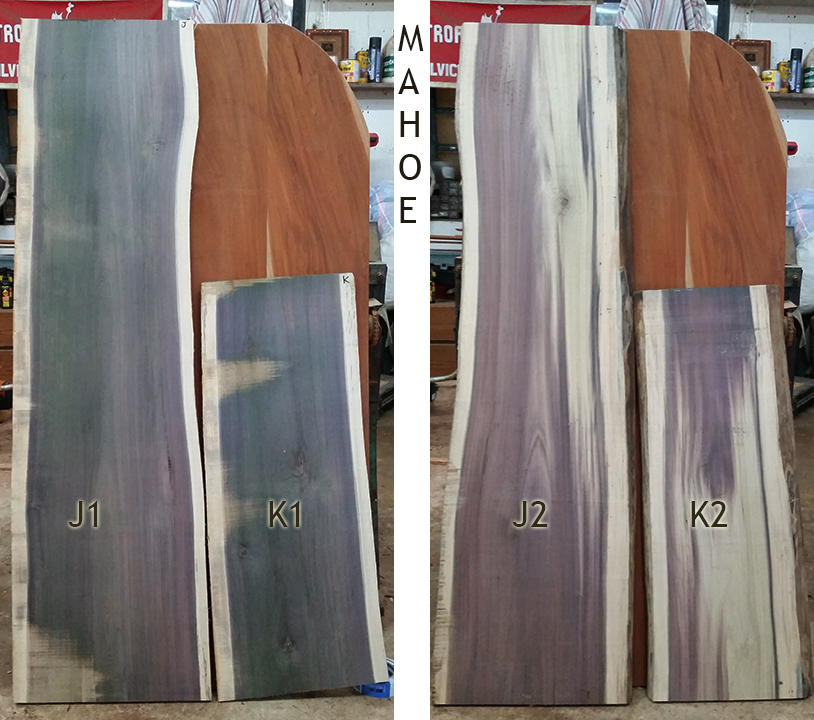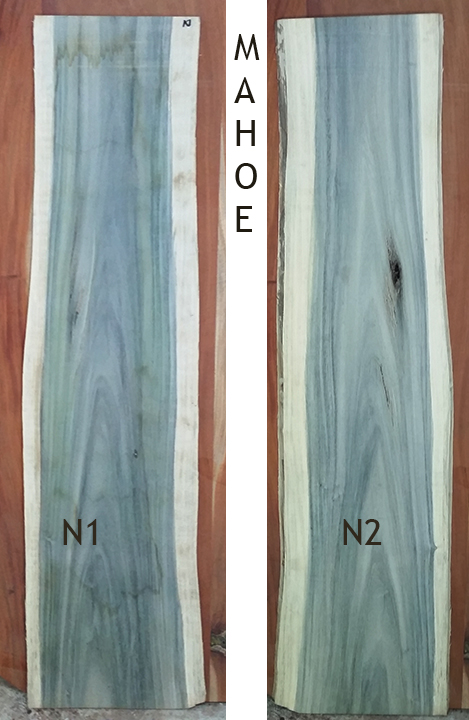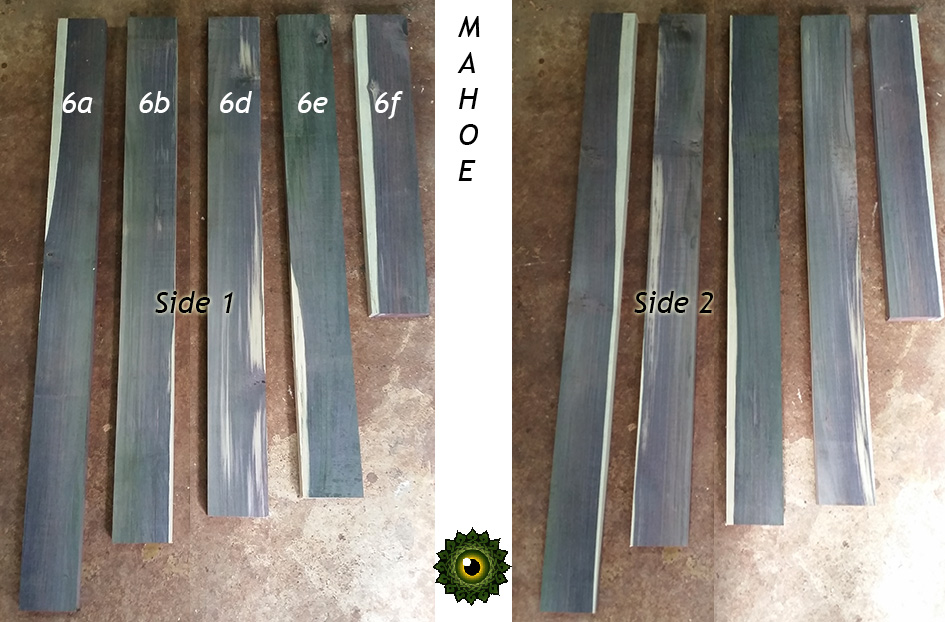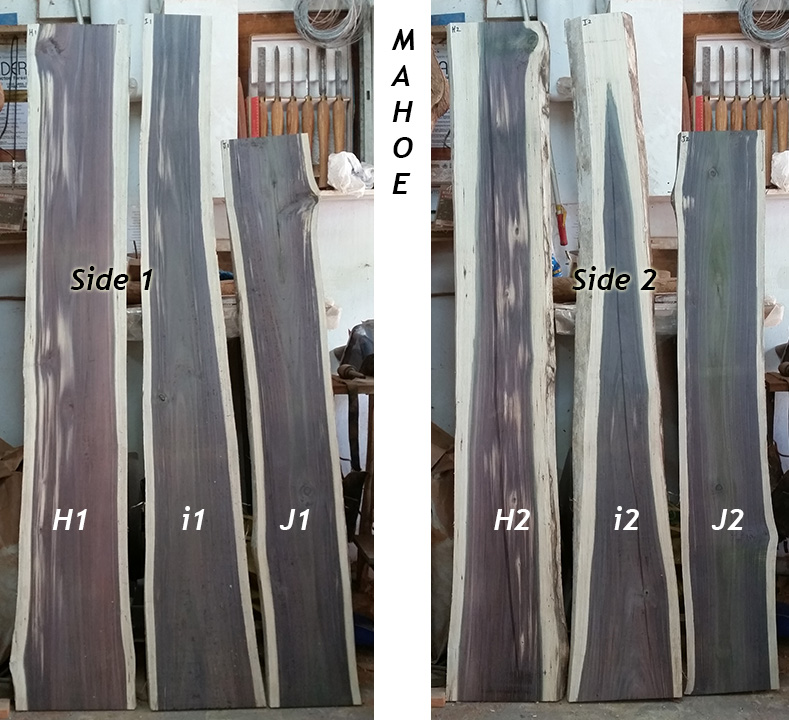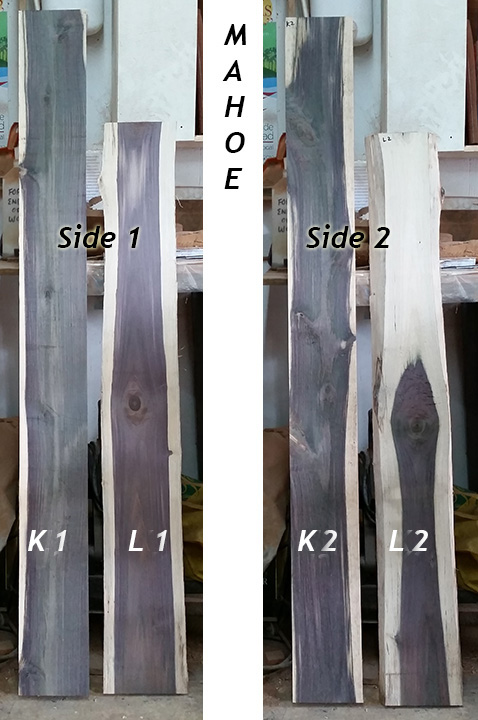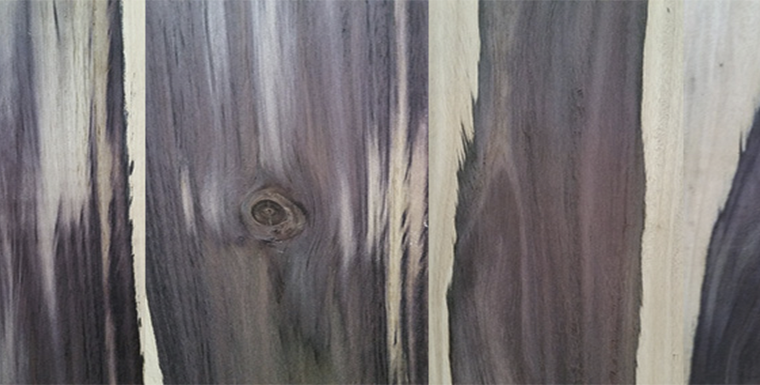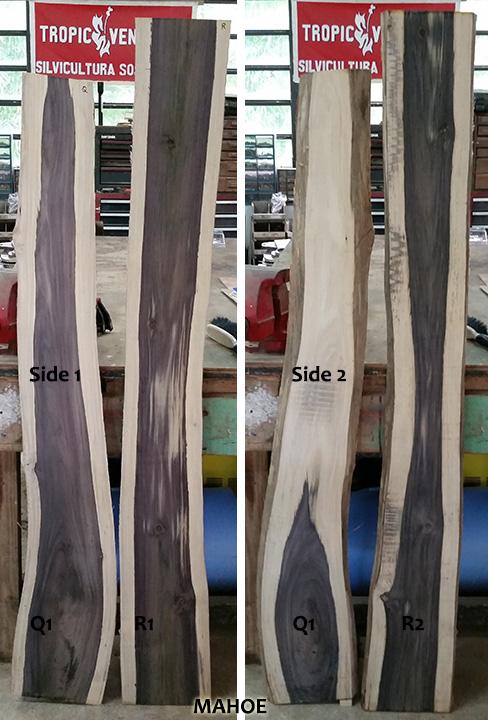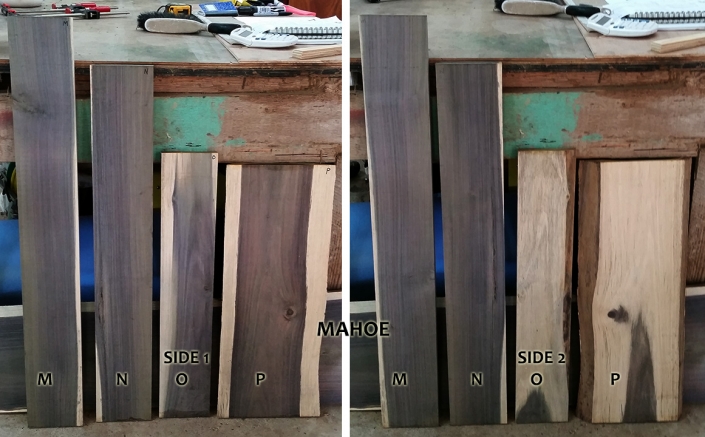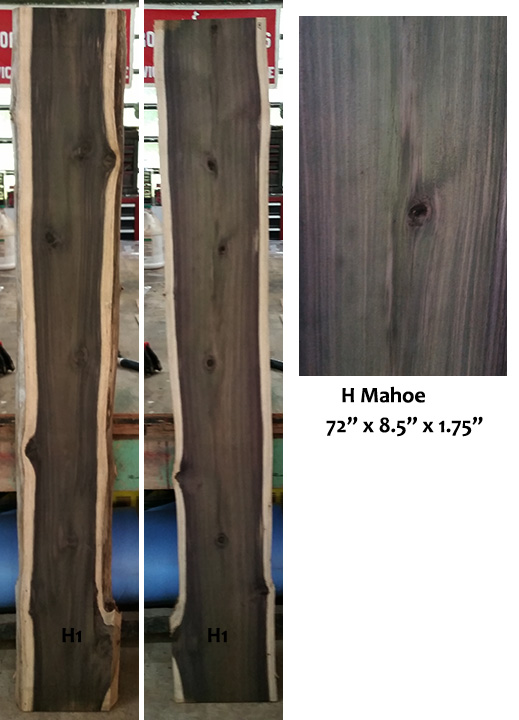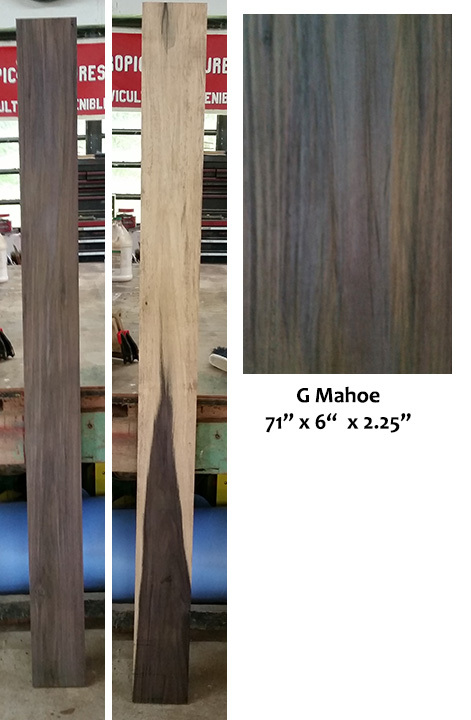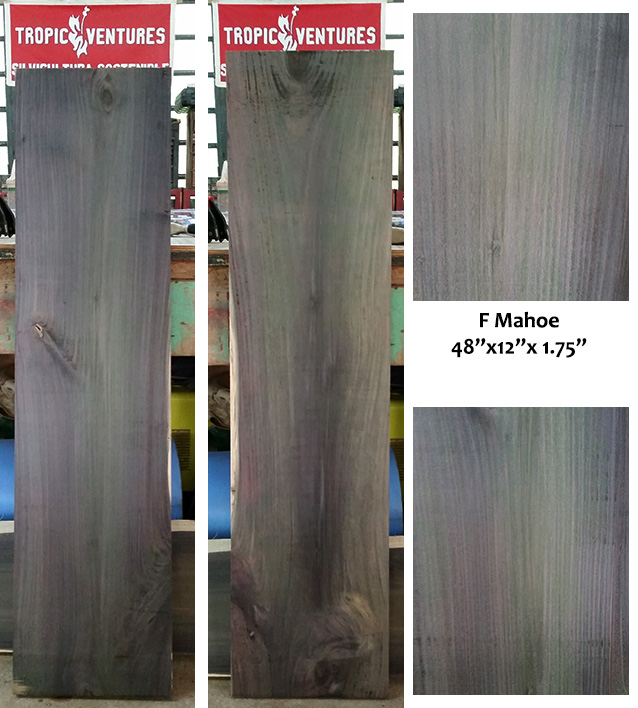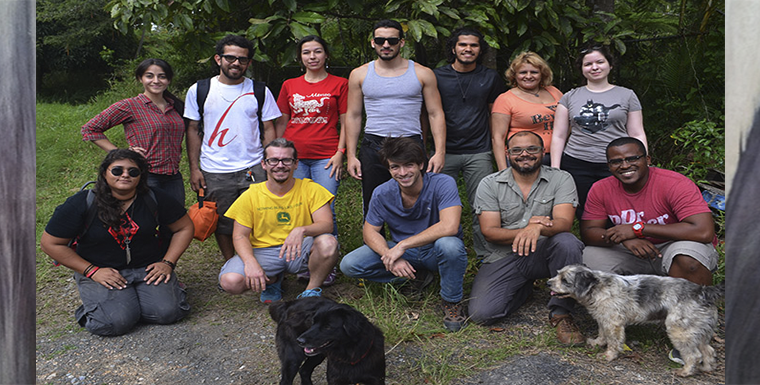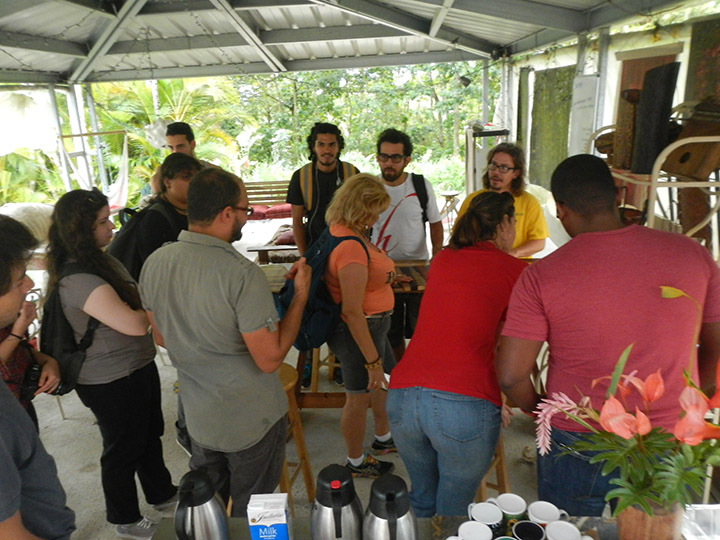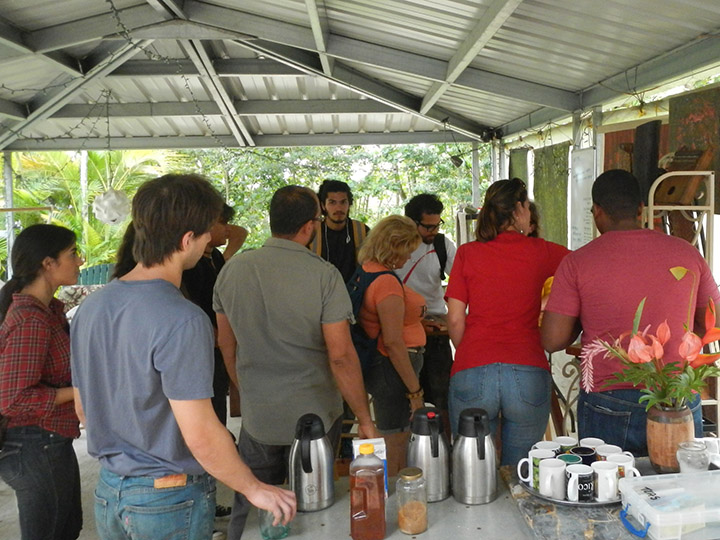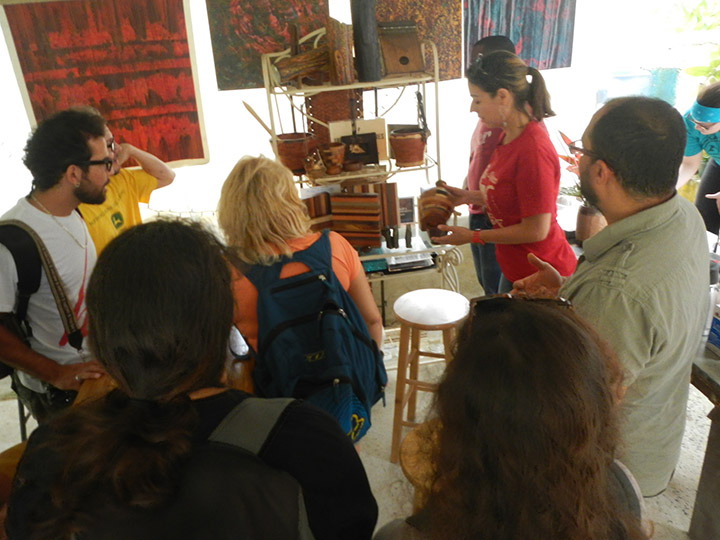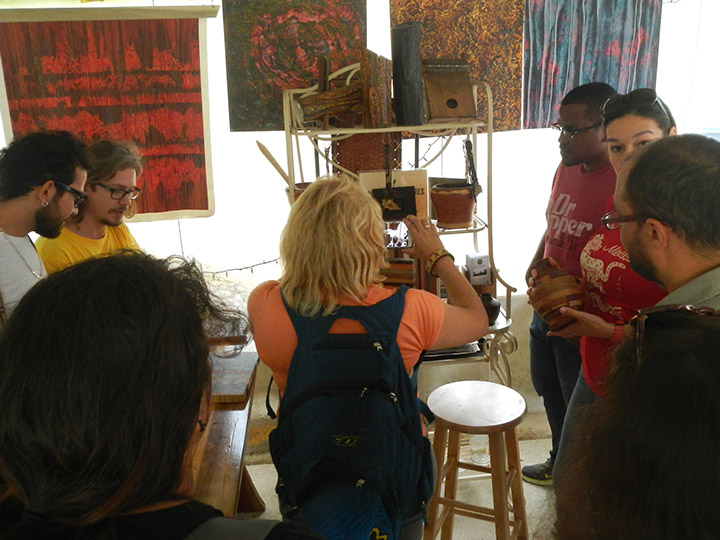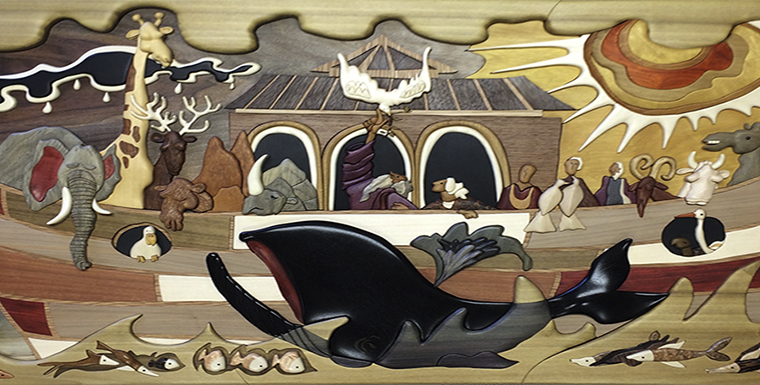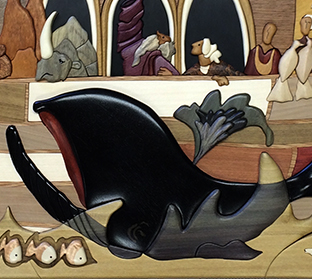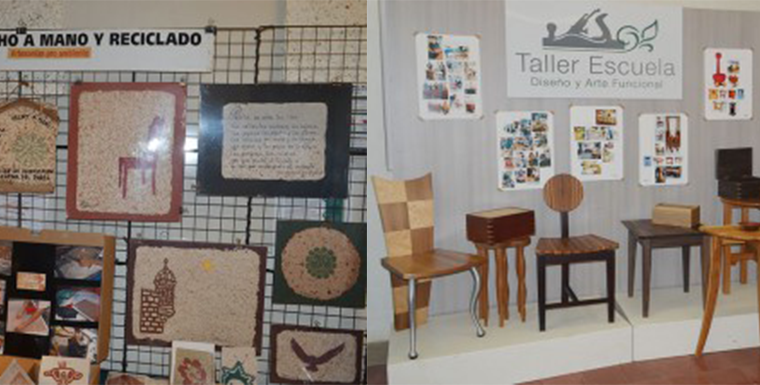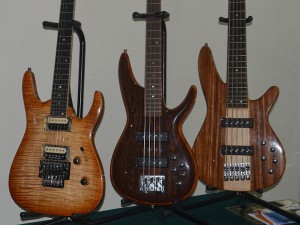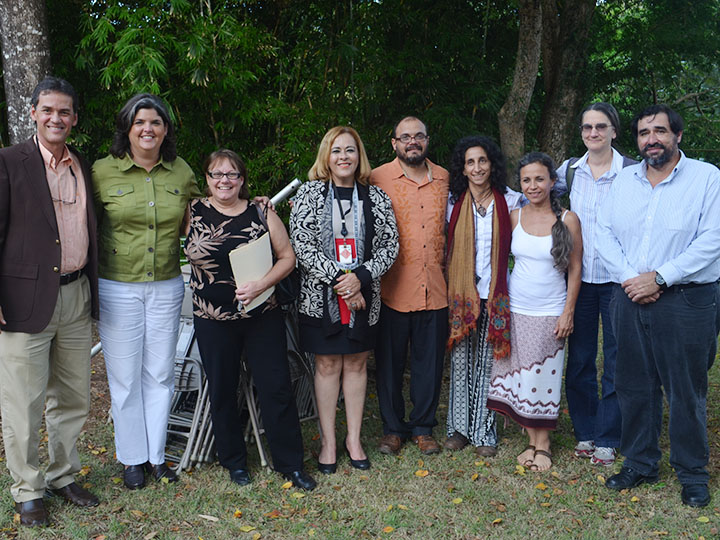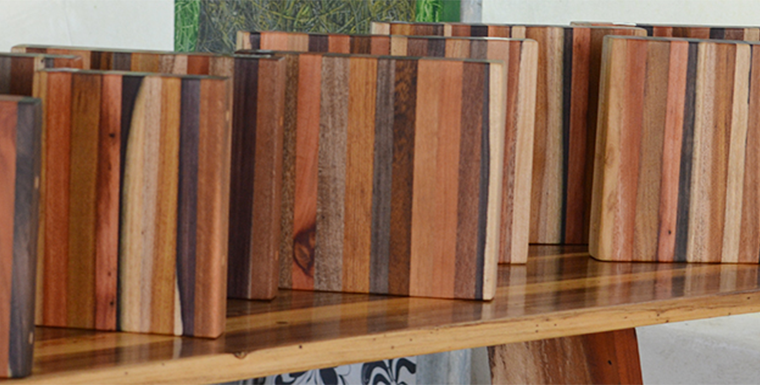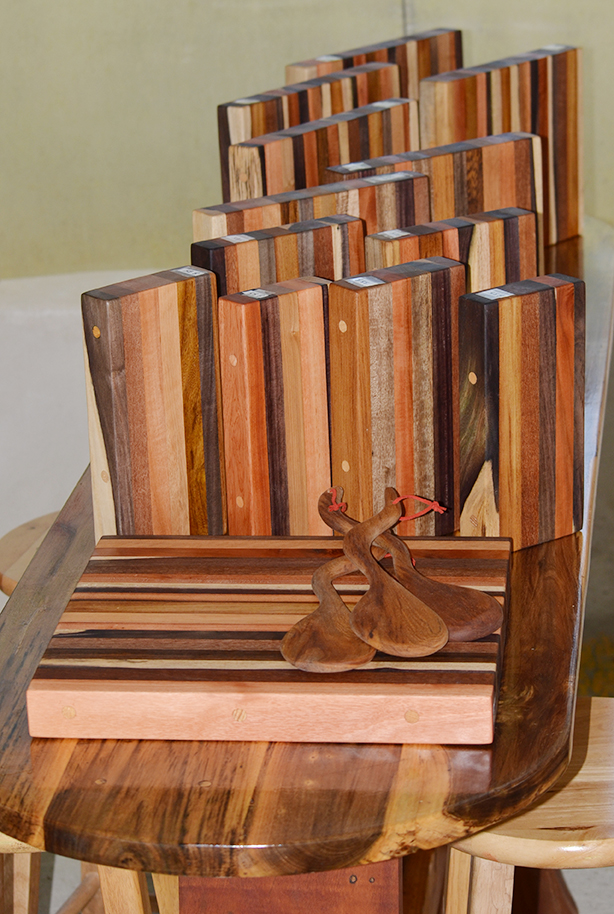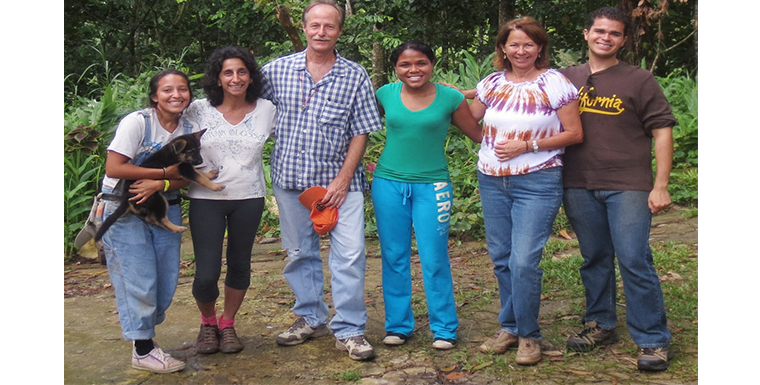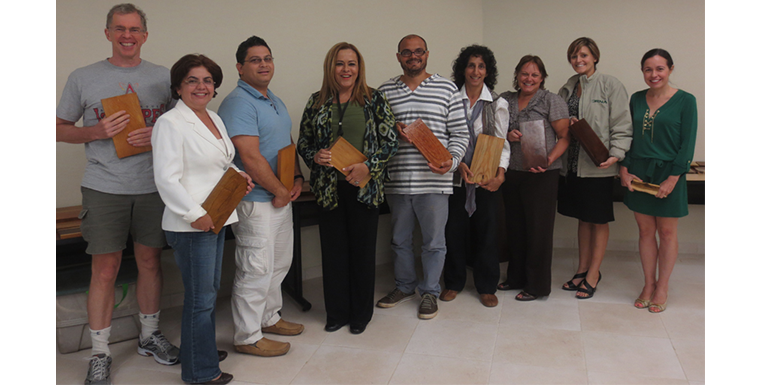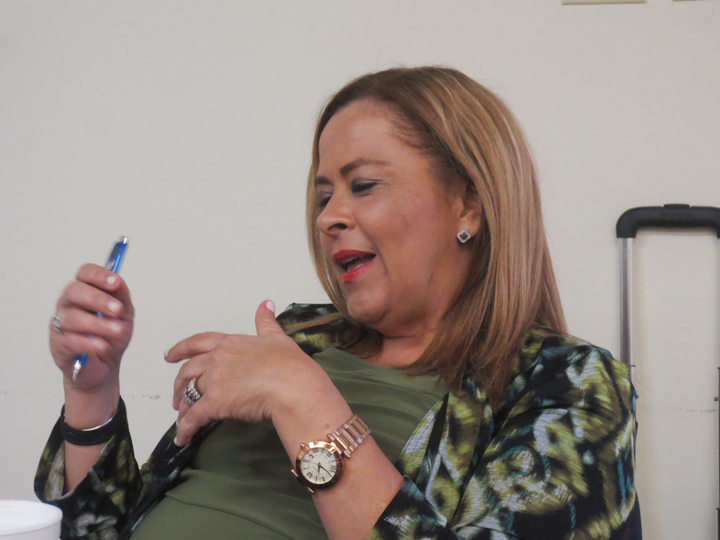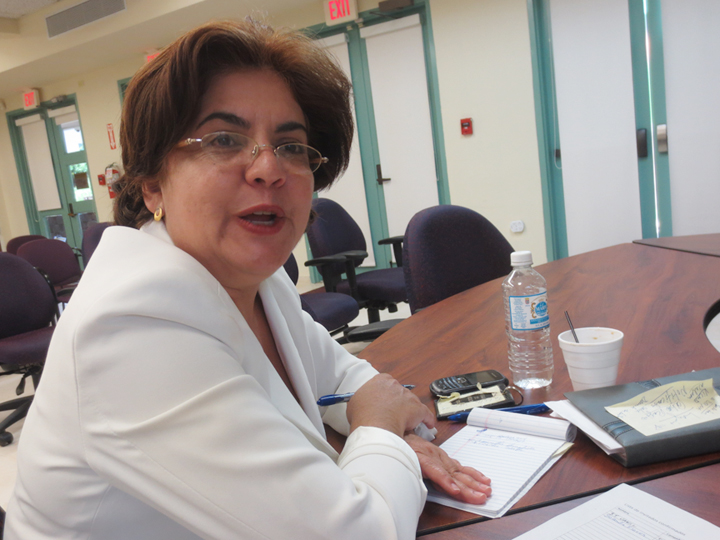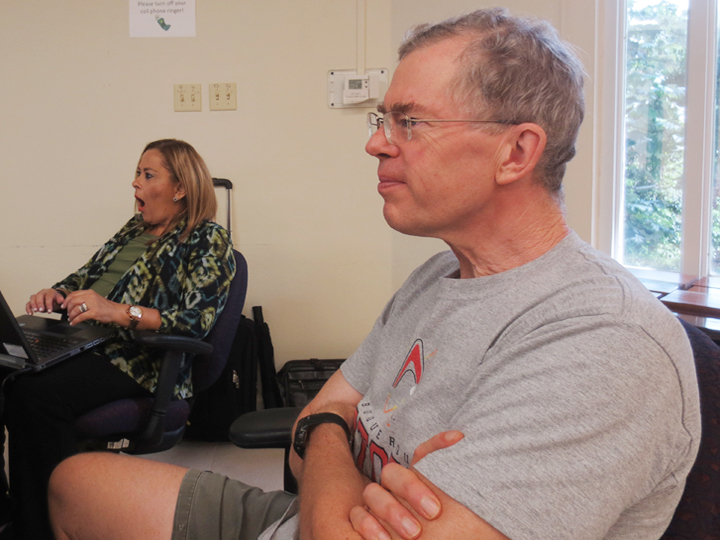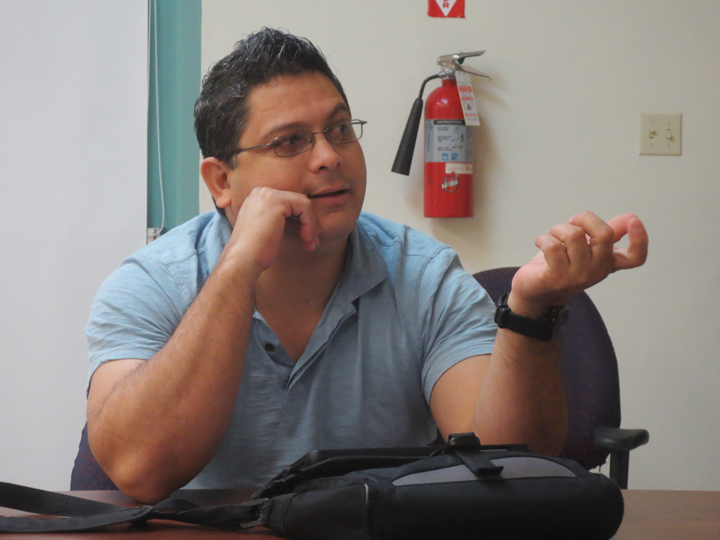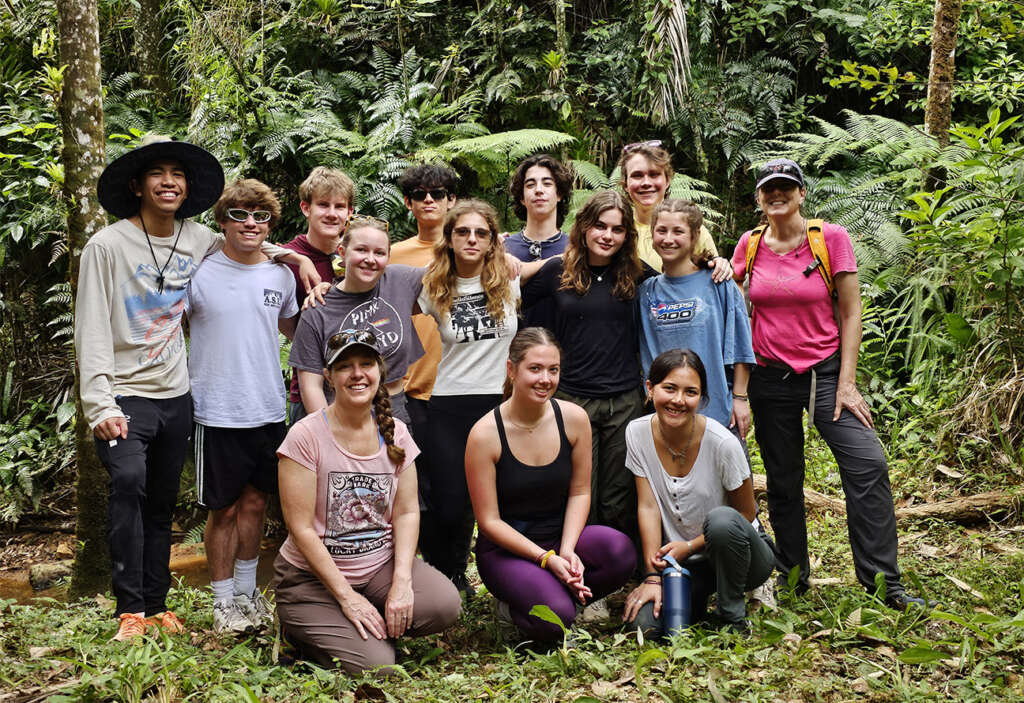
A week to remember: Fountain Valley School’s annual visit to Las Casas de la Selva
Every year, we eagerly anticipate the arrival of the Fountain Valley School of Colorado to Las Casas de la Selva in Patillas, Puerto Rico. This year marked over a decade of collaboration, learning, and growth—a true testament to the strong bond between our two communities. As we reflect on this past week, our hearts are filled with gratitude and joy for the hard work, laughter, and memories shared.
10-15th March 2024
Unity and achievement: more than just a visit
This week was a blend of effort, enjoyment, and education. Under the warm Puerto Rican sun, we worked alongside an incredible group of teenagers from Fountain Valley School. They showed remarkable enthusiasm and dedication in every task, contributing significantly to our environmental and community projects.
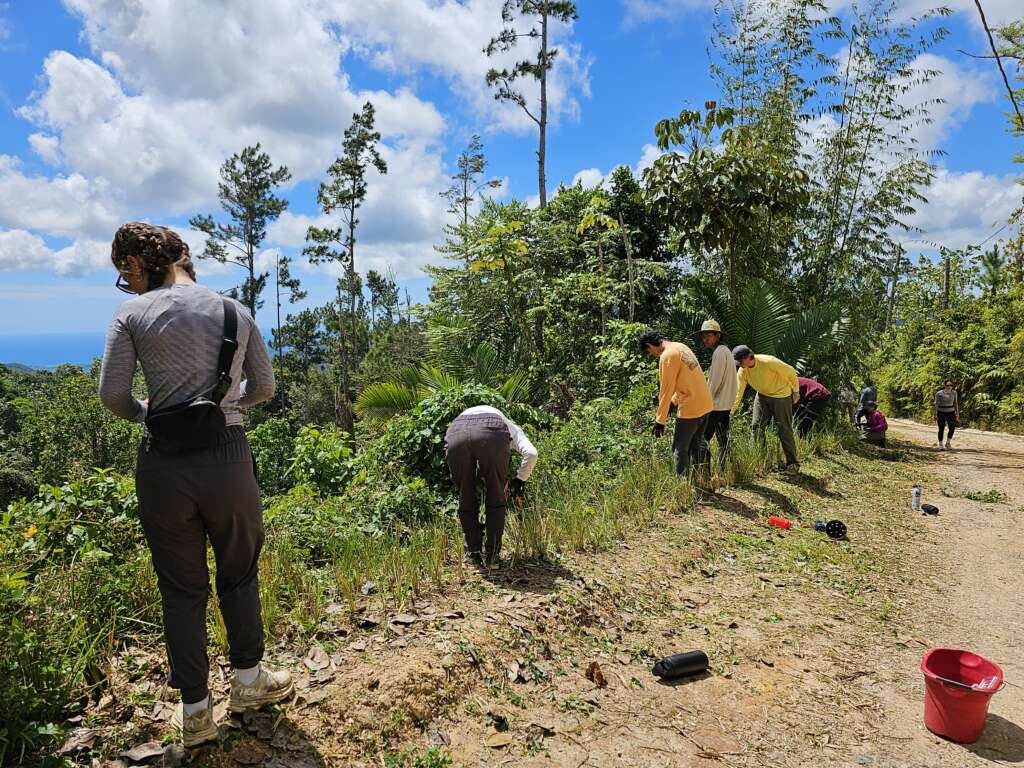
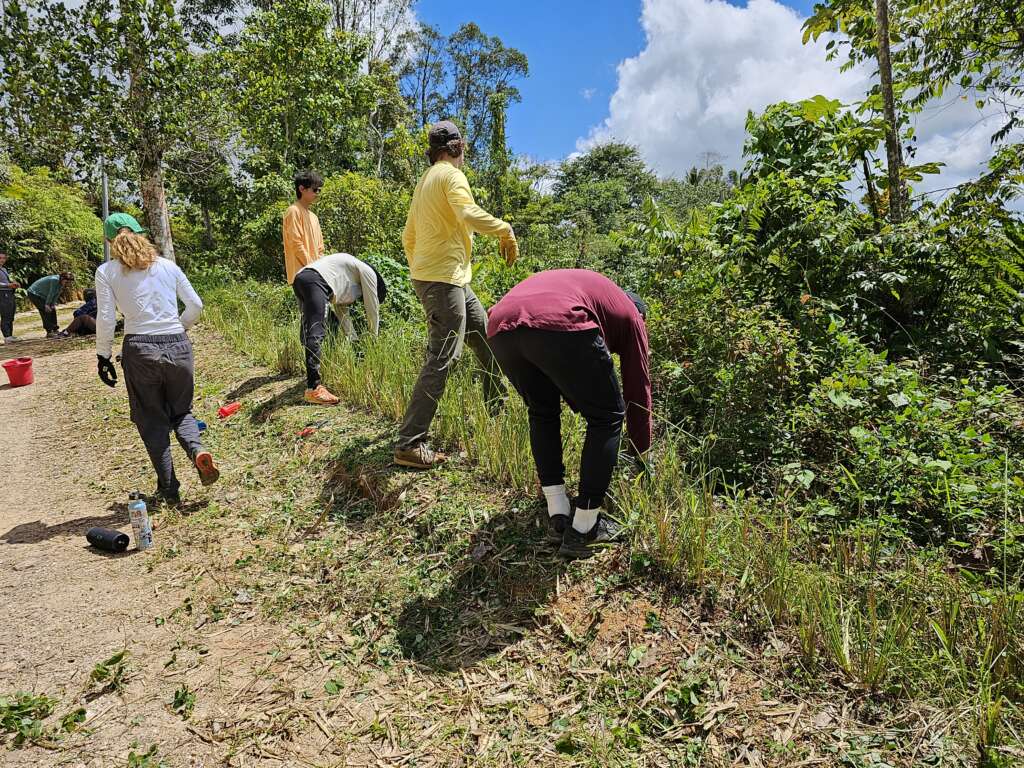
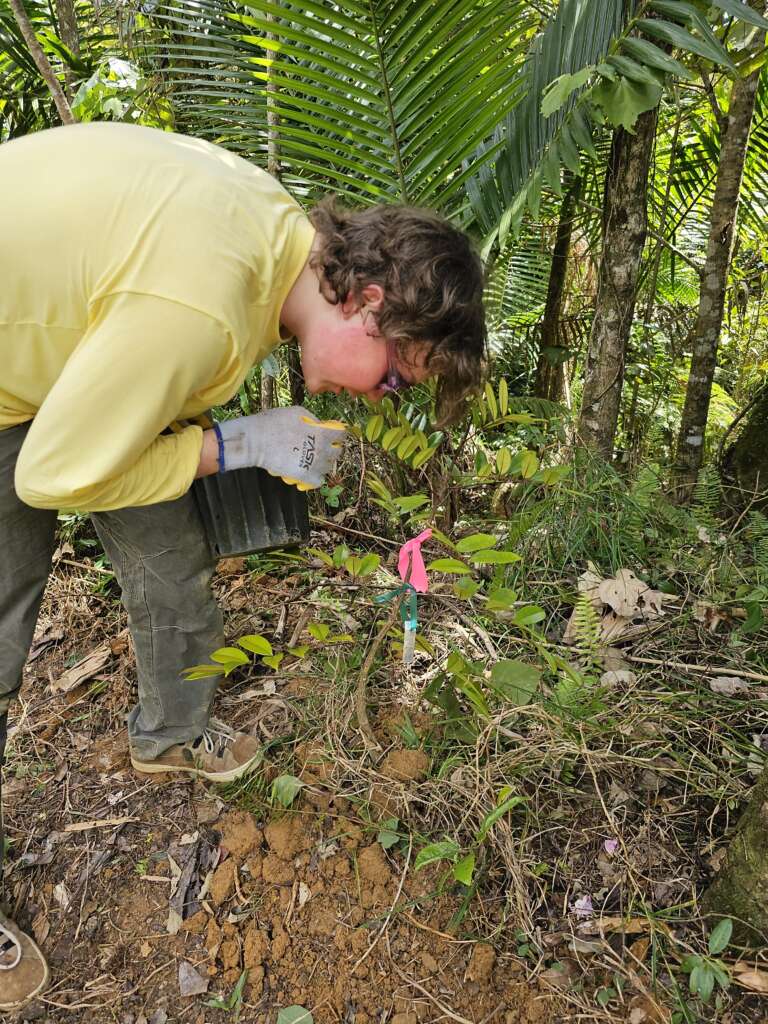

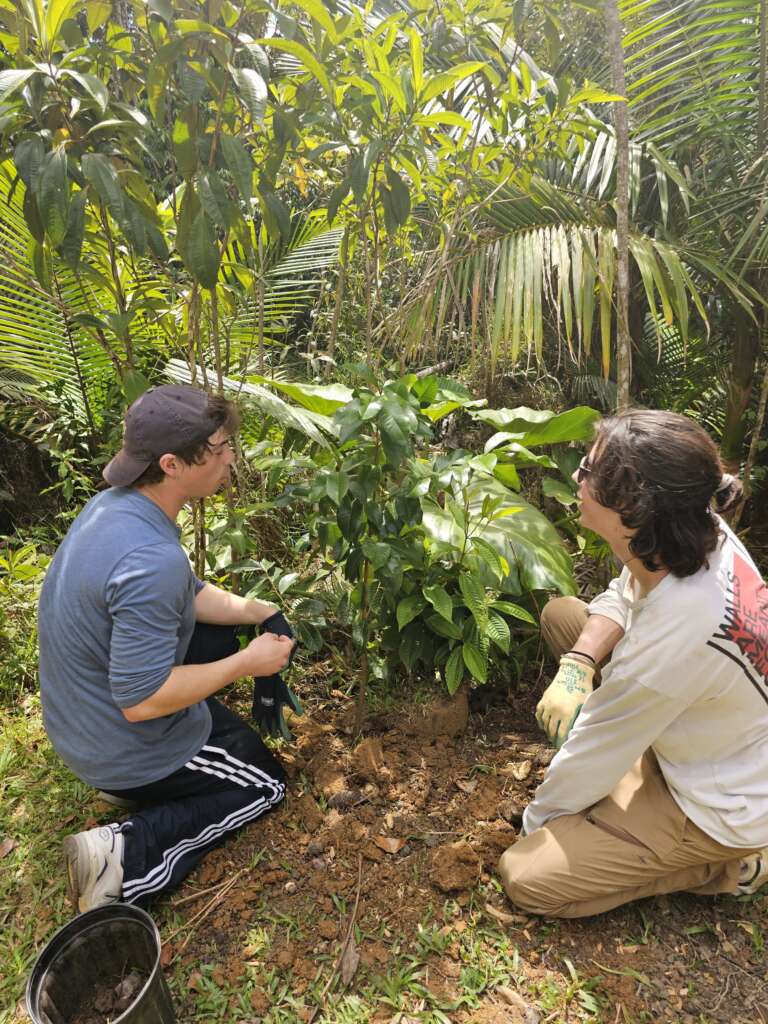
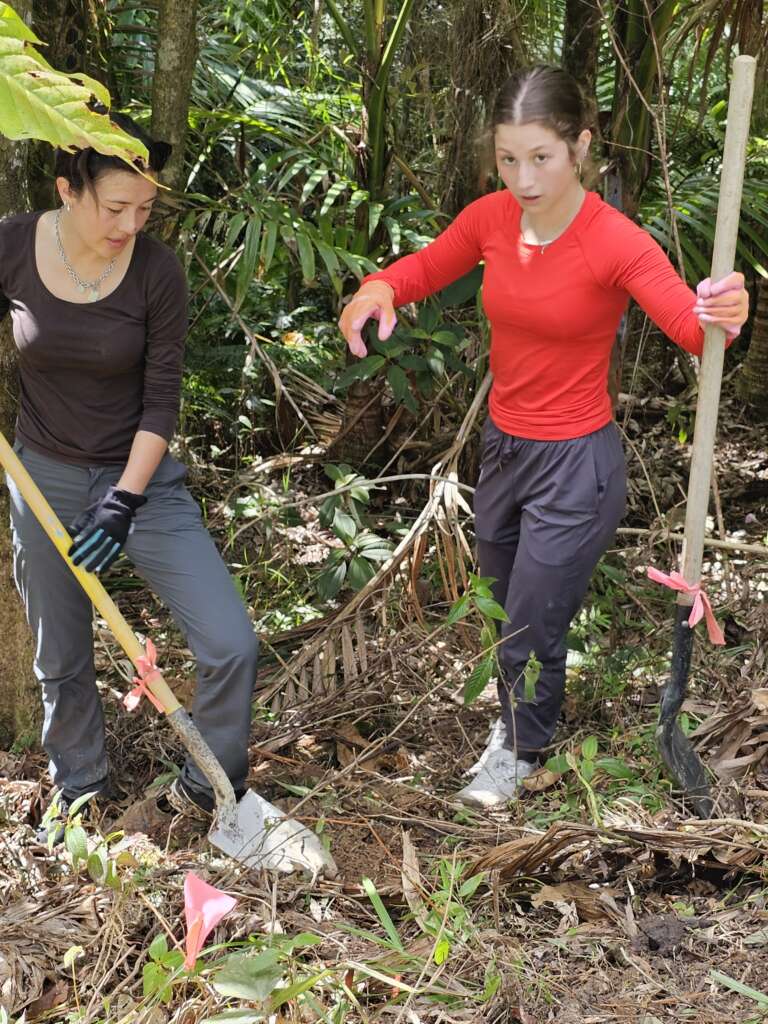
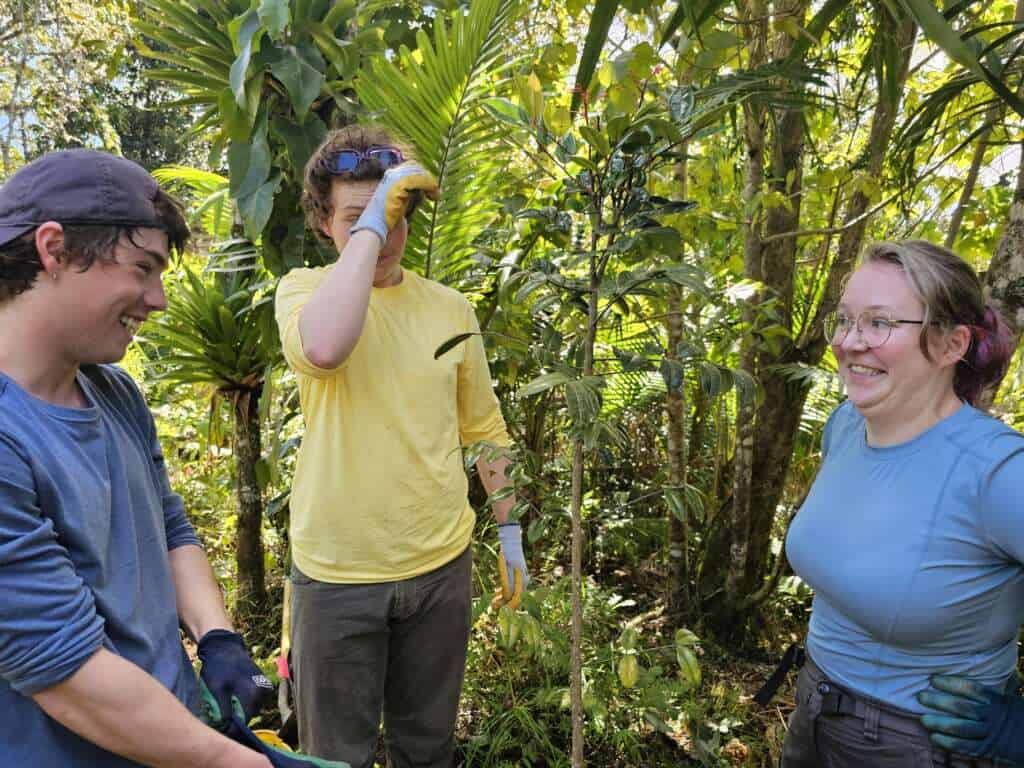
A heartfelt thank you goes to Suzanne Tibbets and Blake Pelton, the dedicated school staff members who guided and cared for these amazing teens throughout their stay. Their leadership and support were pivotal in making this experience a success for everyone involved.
Culinary delights and teamwork
We extend our gratitude to Monique Nieves for providing delicious and nutritious meals that fueled our days. Her culinary skills kept everyone happy, healthy, and ready for the day’s challenges. A special shout-out to Mercury for his invaluable assistance in the kitchen and with various crew-work tasks—your help was indispensable.
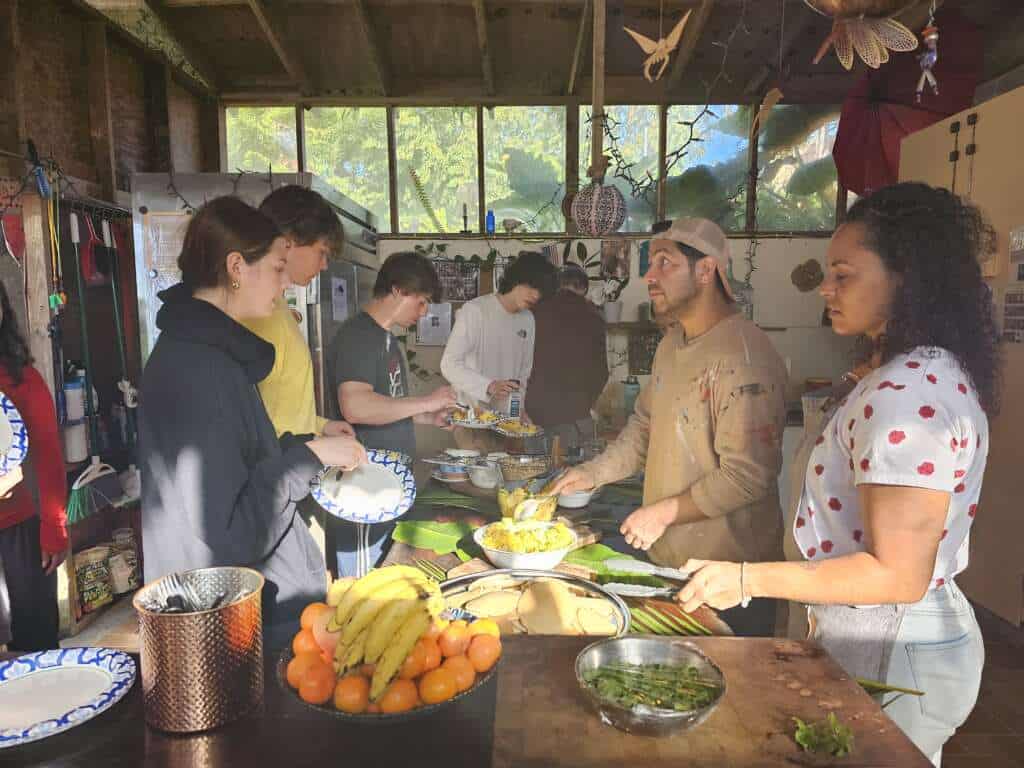
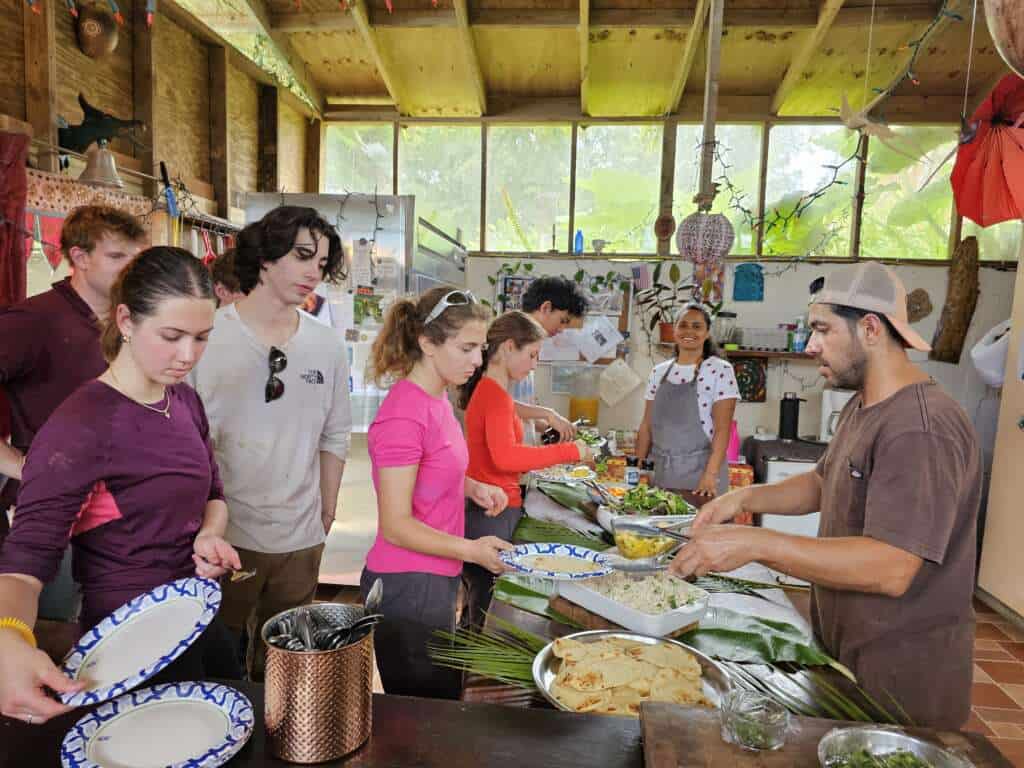
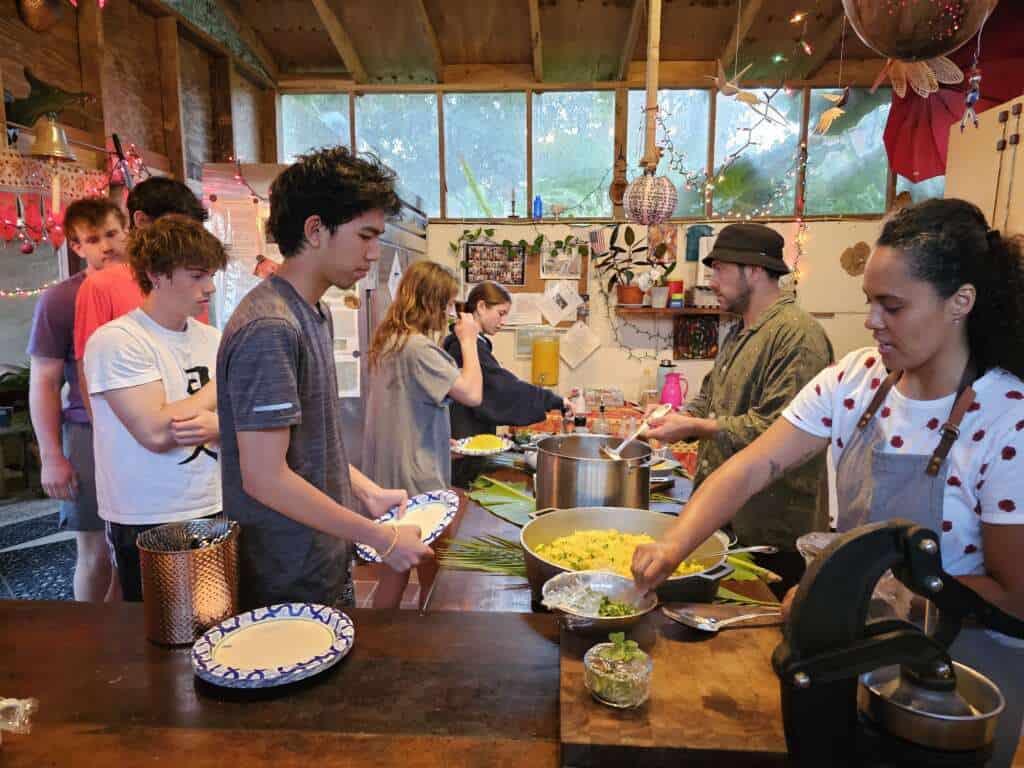
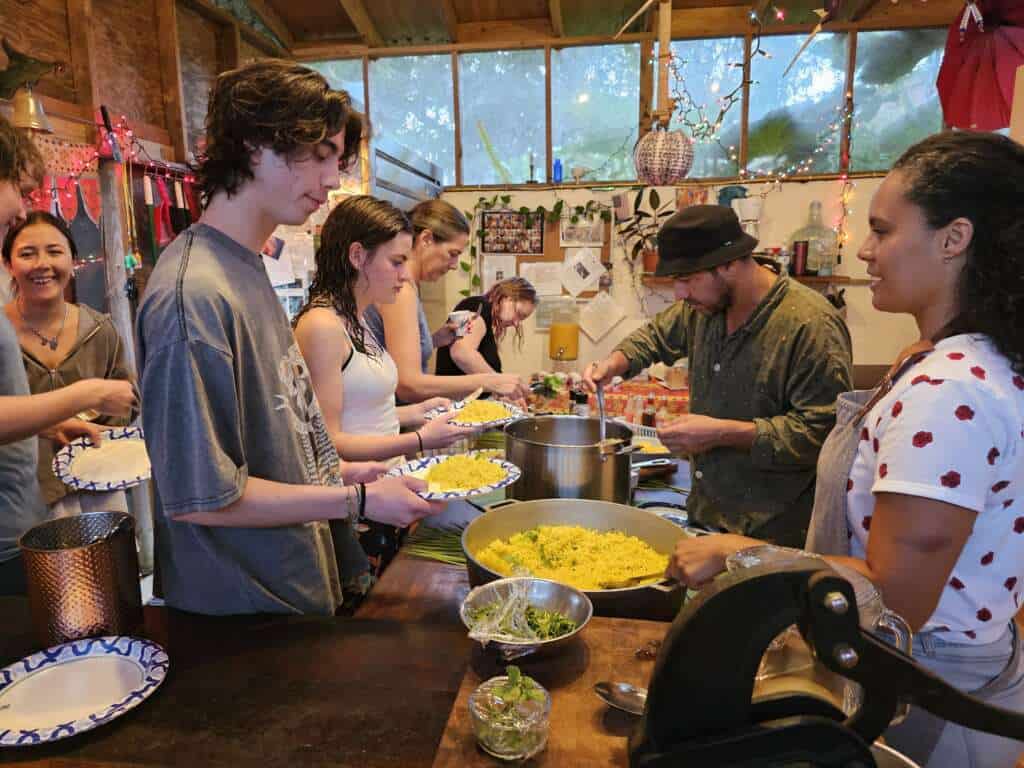
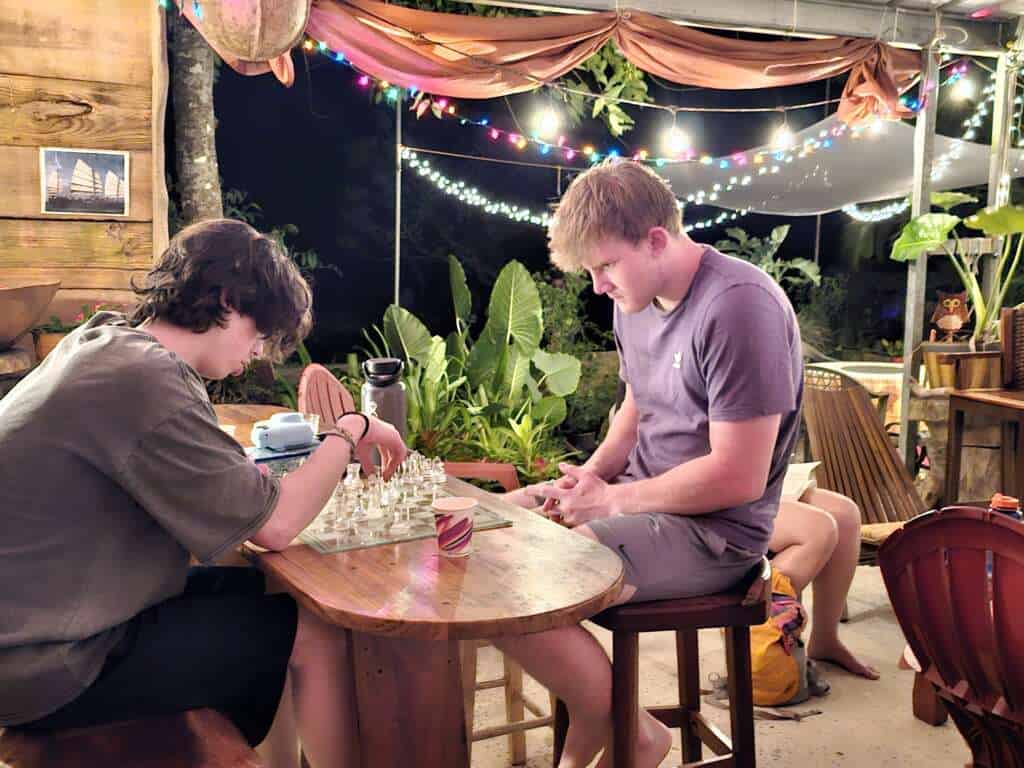
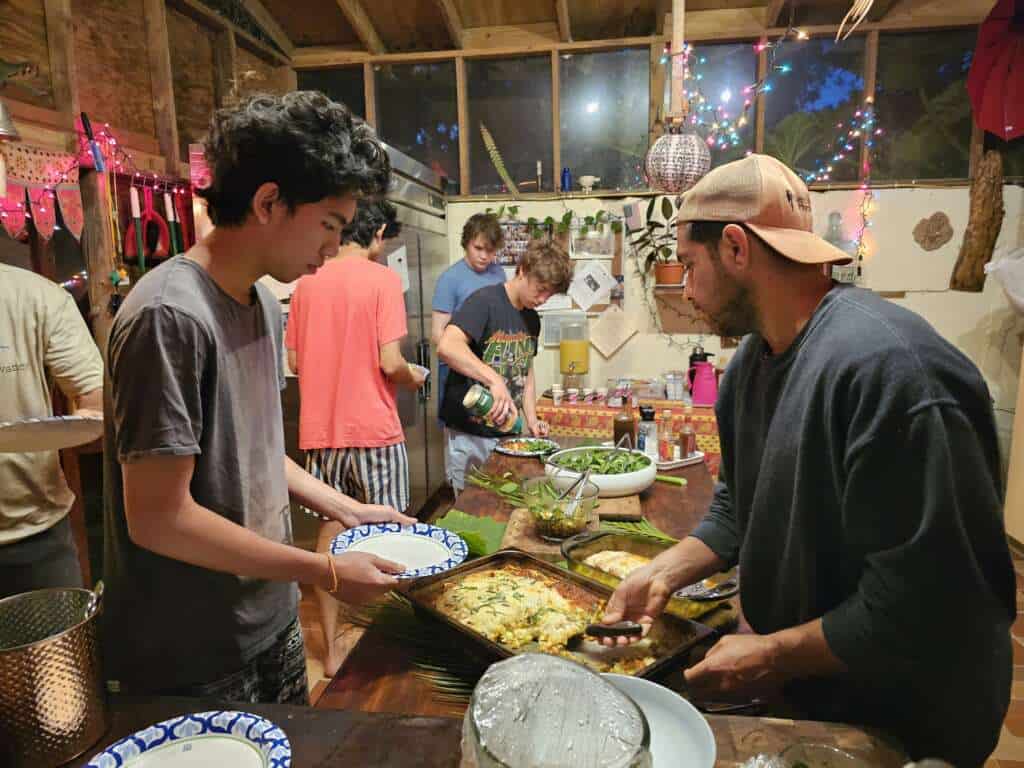
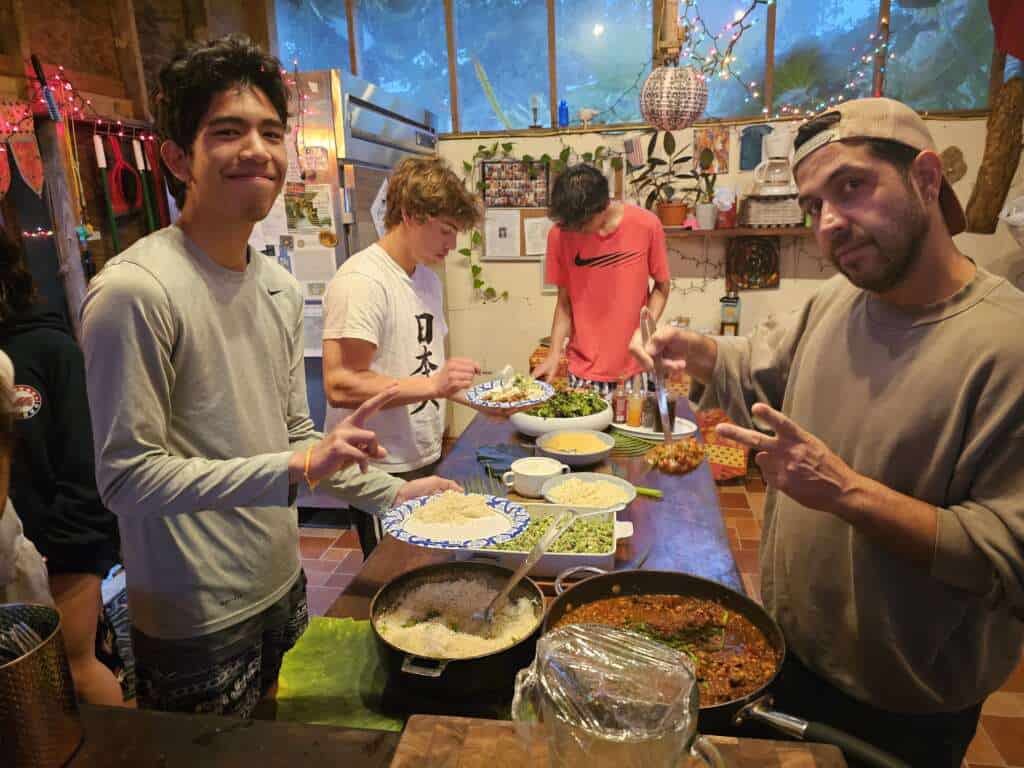
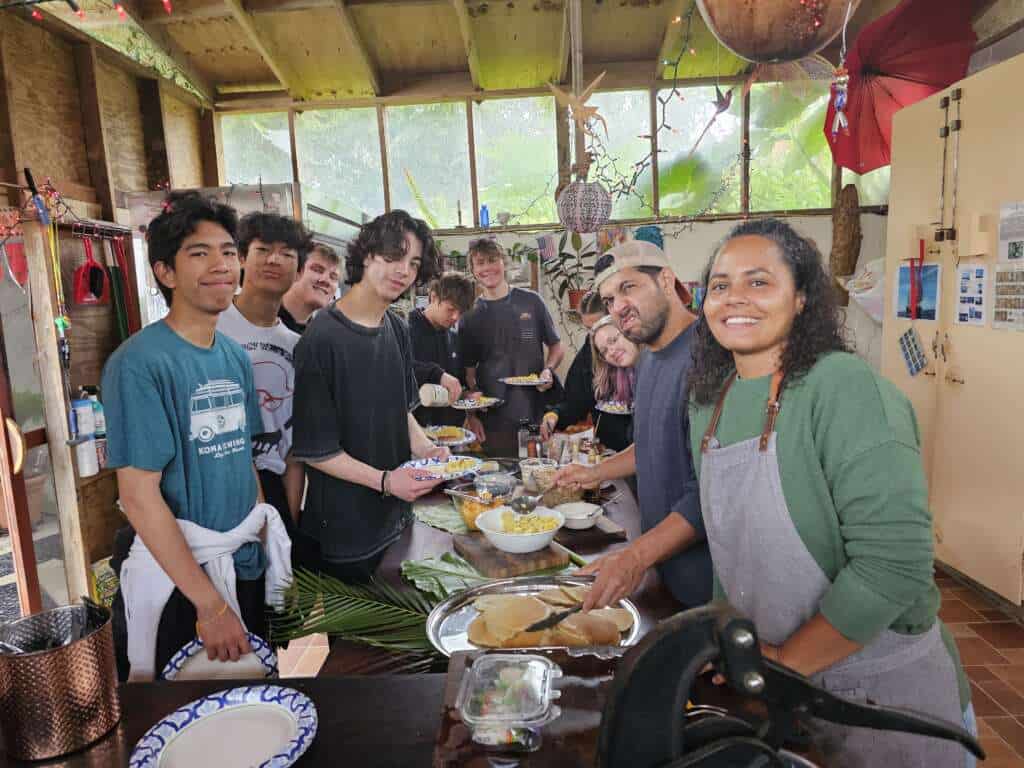
Celebrations and learning experiences
One of the week’s highlights was a musical birthday celebration, featuring the talents of guitarist Andrés Rúa, and flautists Nina Assimakopoulous, and Raquel Torres-Arzola. Their beautiful music added a magical touch to our evening, which was also a birthday for two of the students, creating memories that will last a lifetime. Thank you for sharing your artistry with us.
We also extend our thanks to Andrés Rúa and Joerge Jahn for their engaging woodworking show and tells. These sessions were not only educational but also inspiring, offering a hands-on experience in craftsmanship and highlighting sustainability.
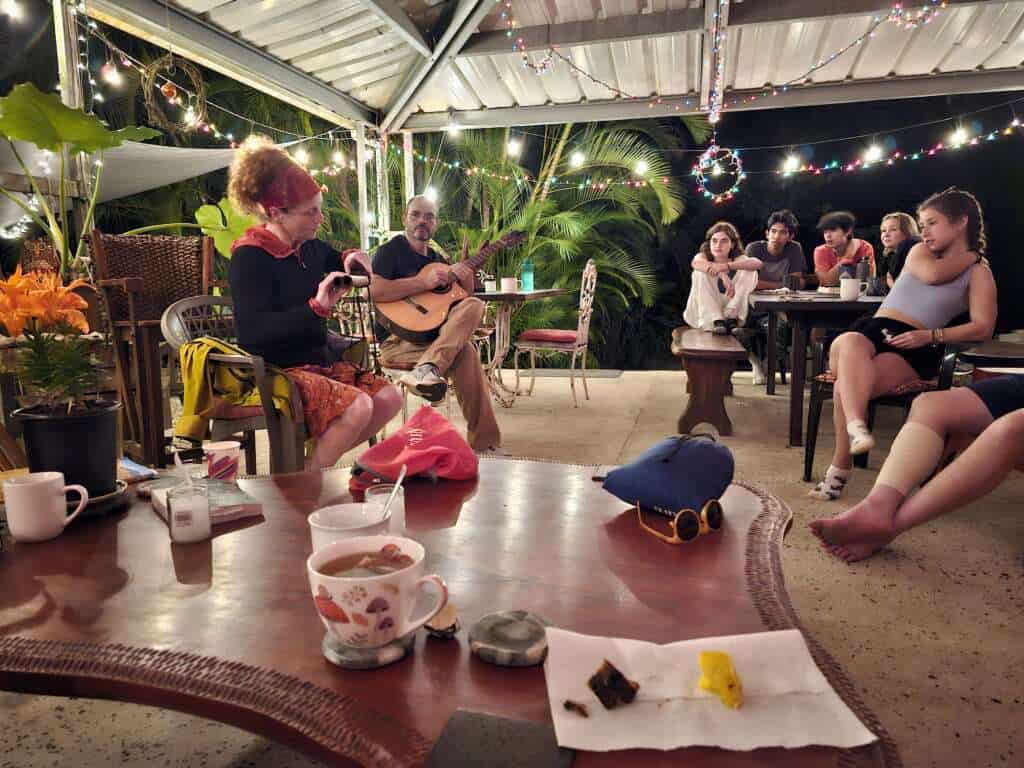
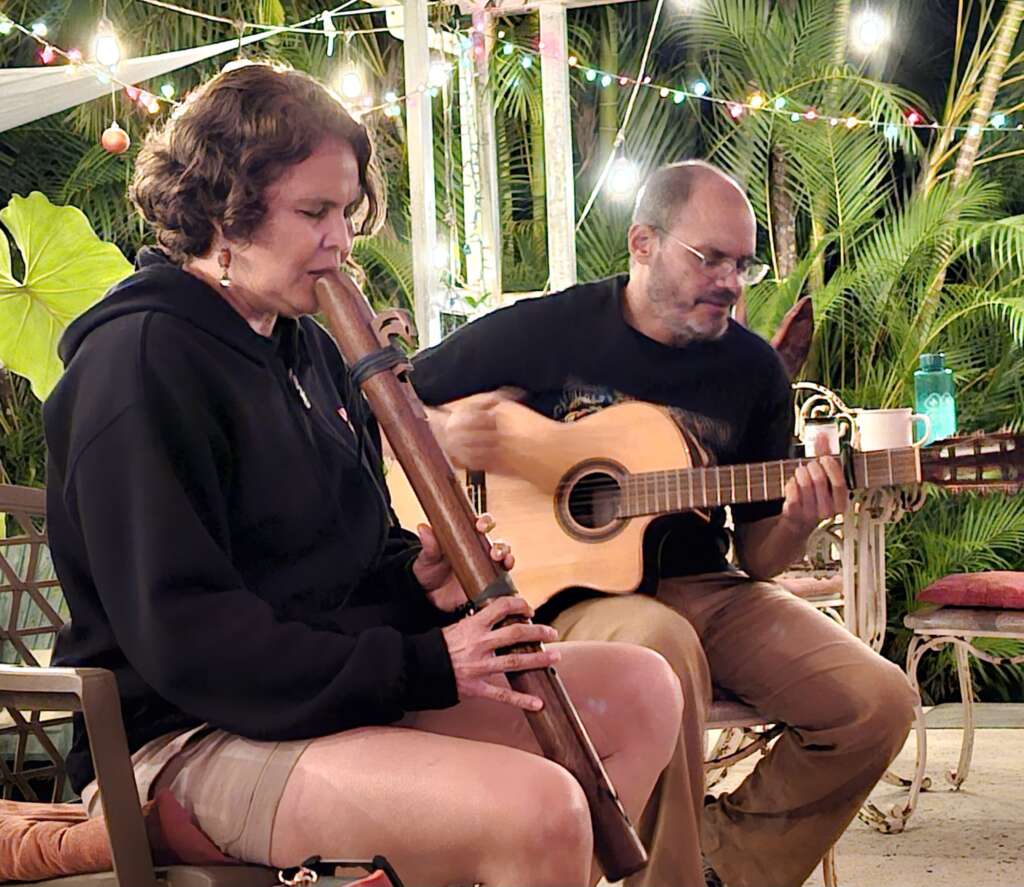
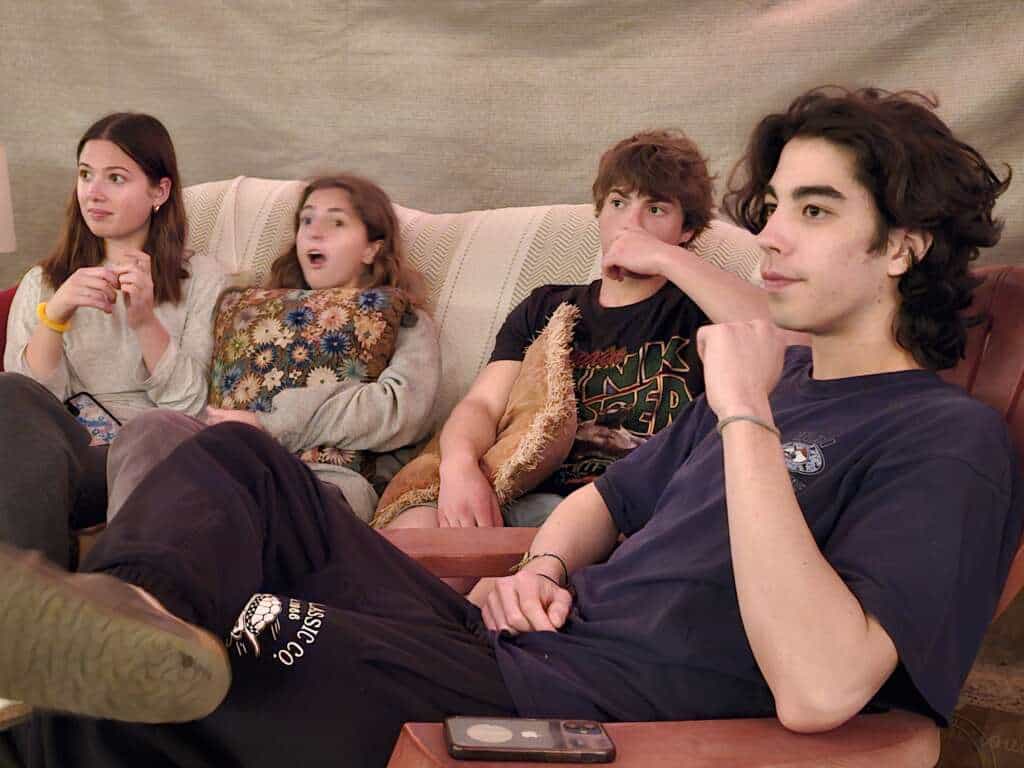
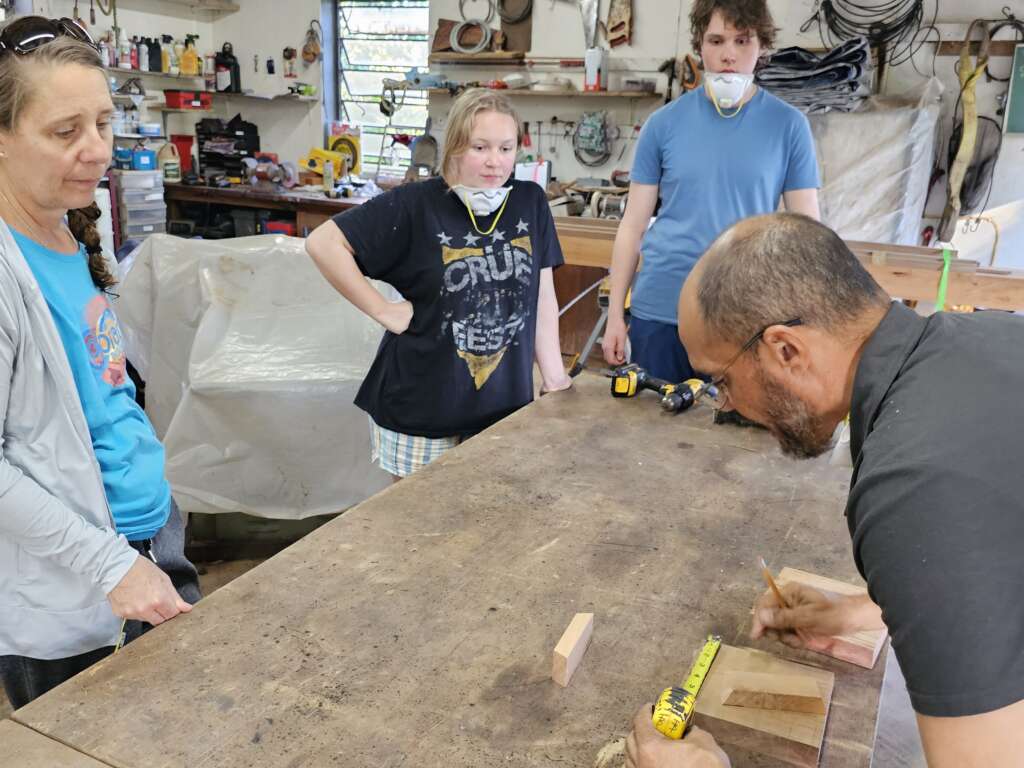
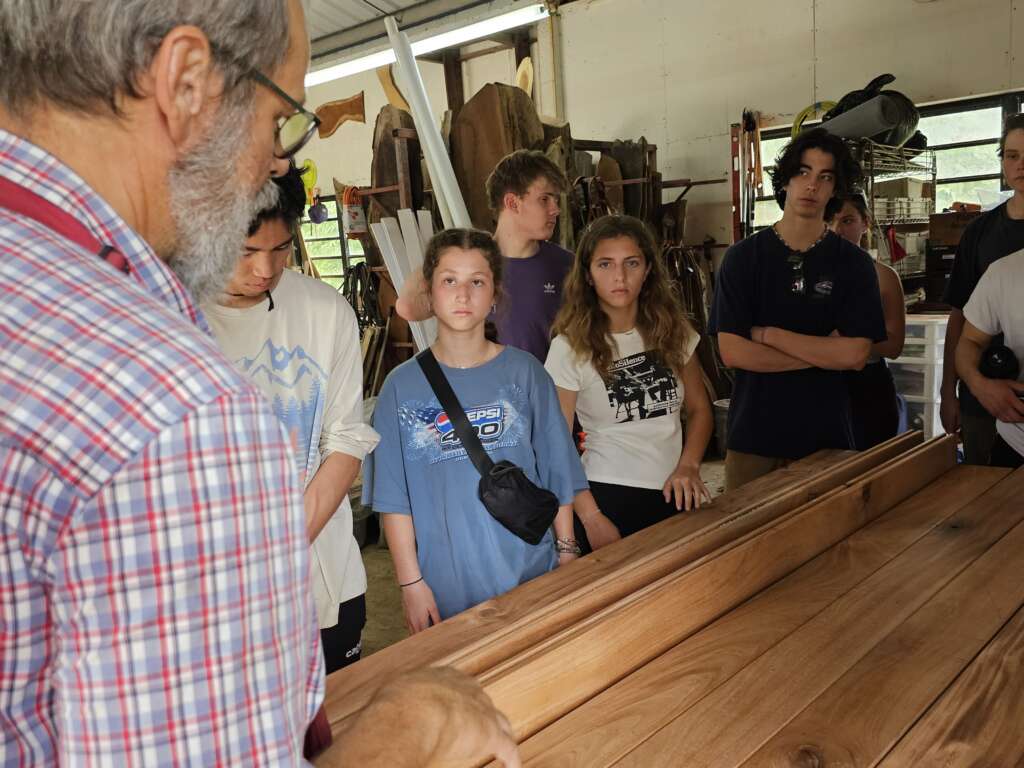

Environmental impact
Throughout the week, our collective efforts focused on environmental conservation and improvement. Together, we planted trees in various areas, including in an area affected by a landslide, cleared and organized the nursery, potted 250 vetiver slips, cleared invasive vines from a new planting of vetiver, and dug a significant trench for a new retaining wall at the lower homestead. Each of these tasks is vital to our ongoing efforts to protect and enhance the natural beauty of Las Casas de la Selva.
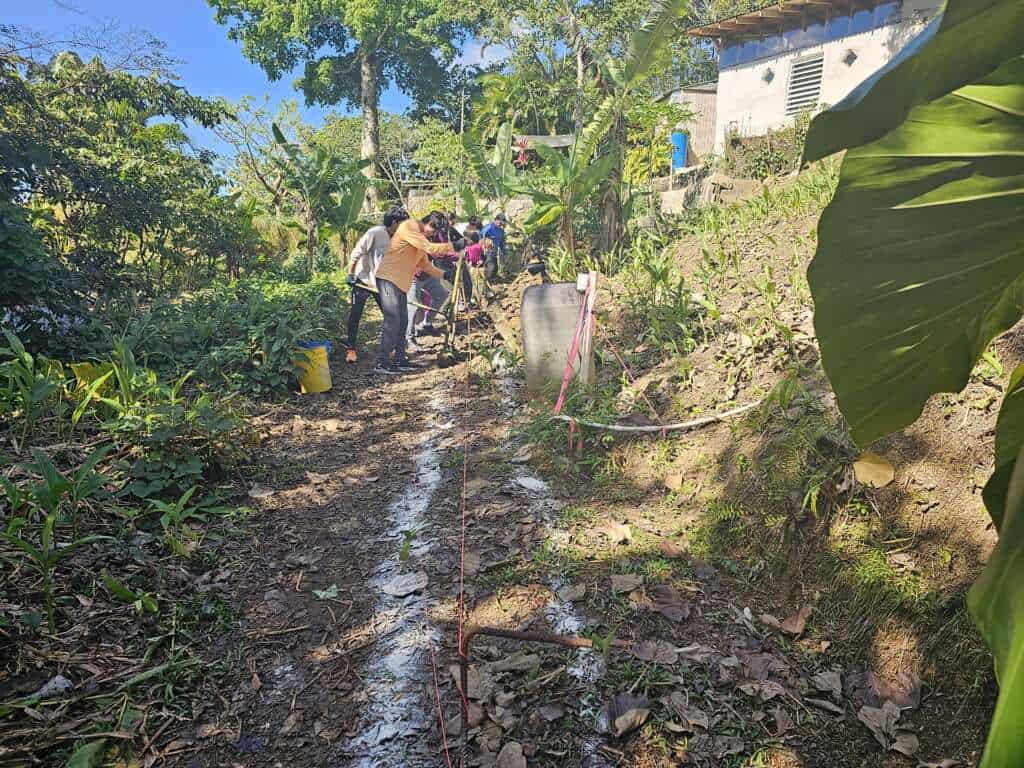
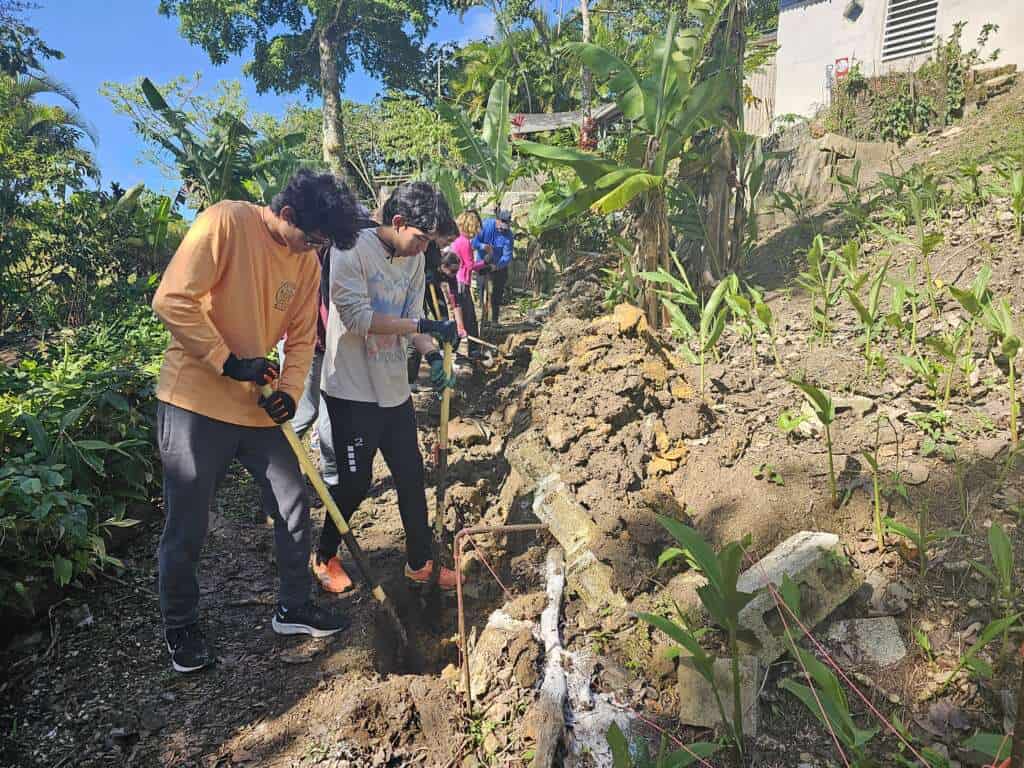

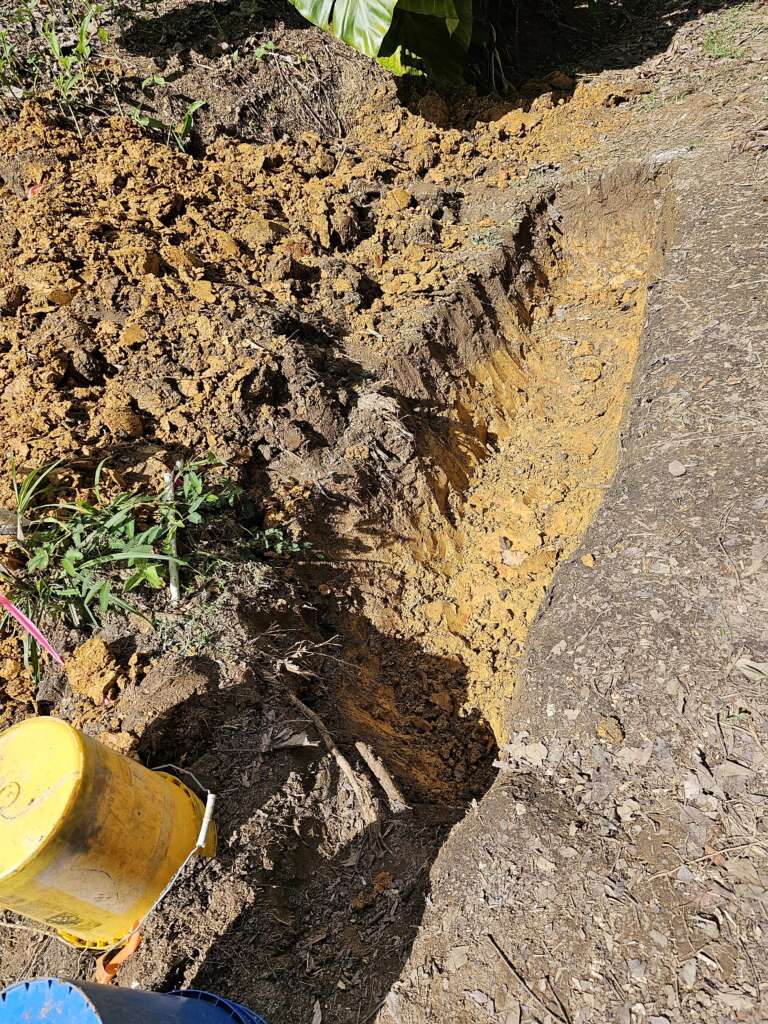
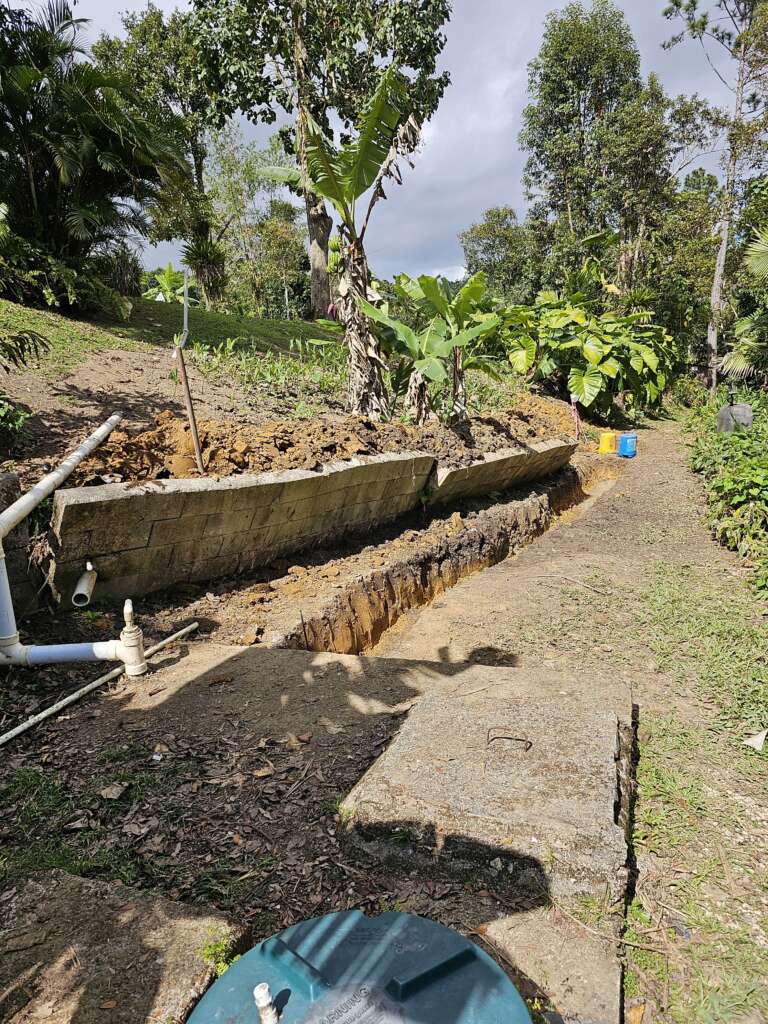
Heartfelt appreciation
As we say goodbye to another memorable visit, we want to express our deepest gratitude to each individual who contributed to this special week. Your hard work, enthusiasm, and spirit of cooperation have left a lasting impact on our community and the environment. To the students and staff of Fountain Valley School of Colorado: thank you for continuing this wonderful tradition. Your visits are a highlight of our year, and we look forward to many more to come. Here’s to the next decade of friendship, growth, and making a difference together!

